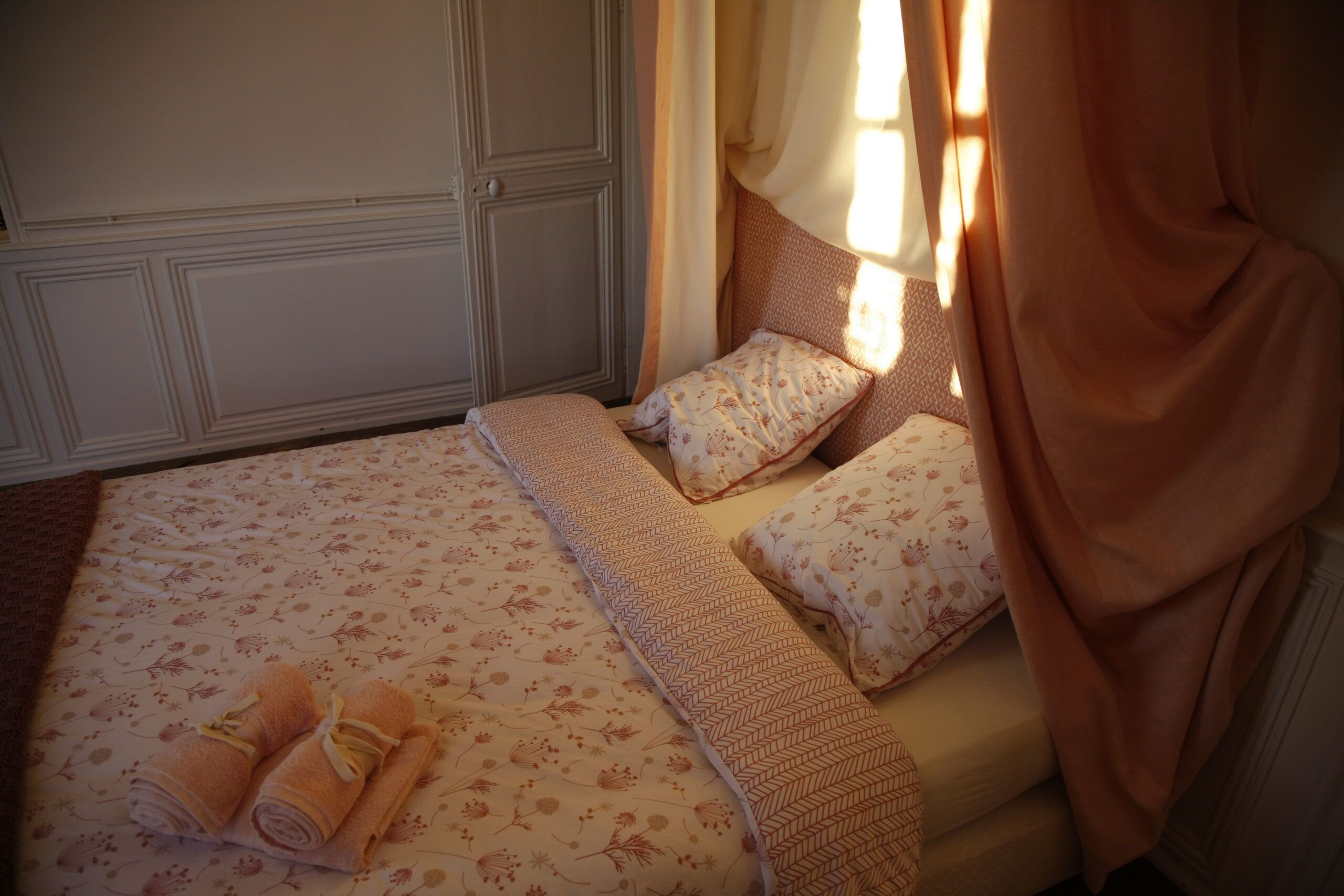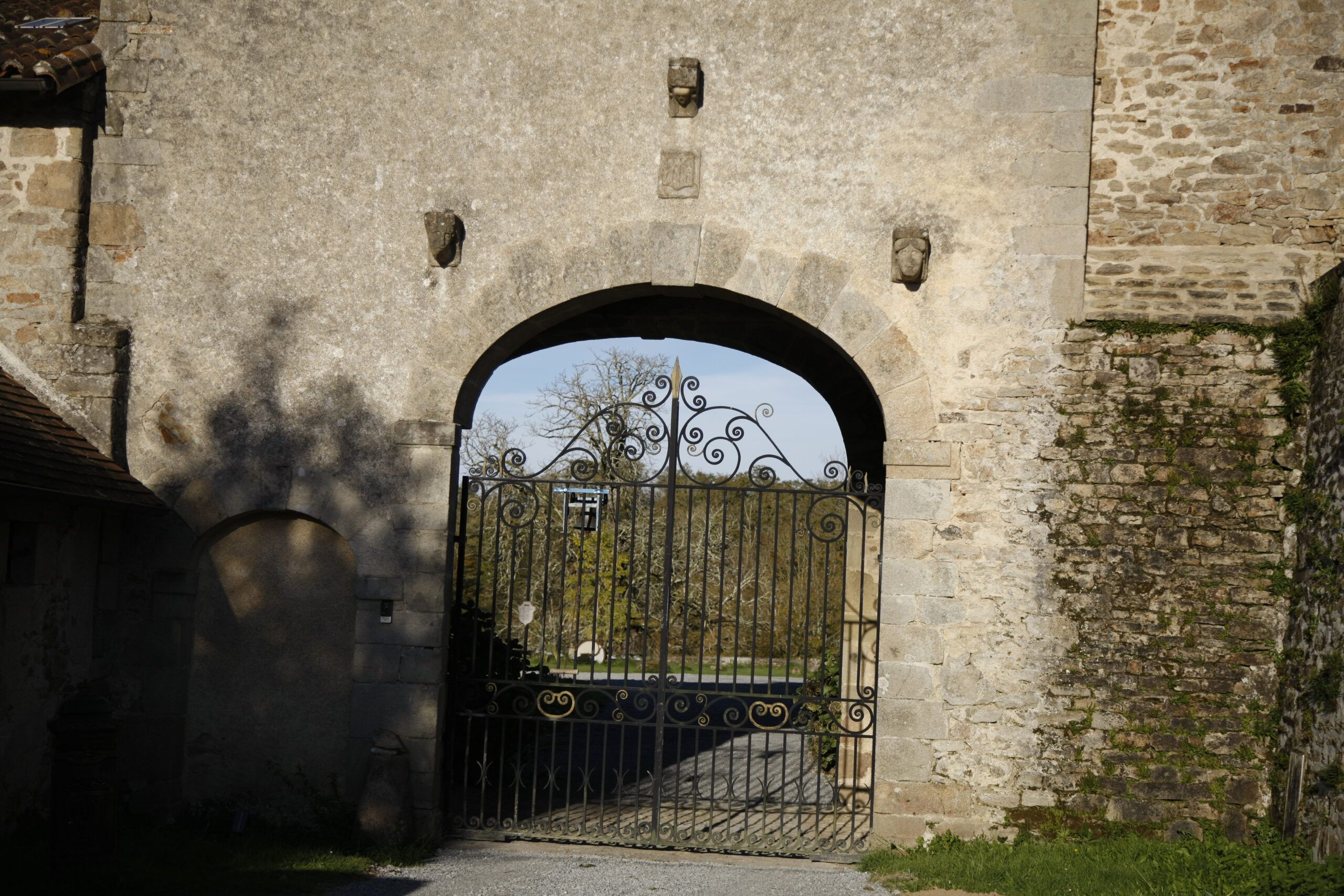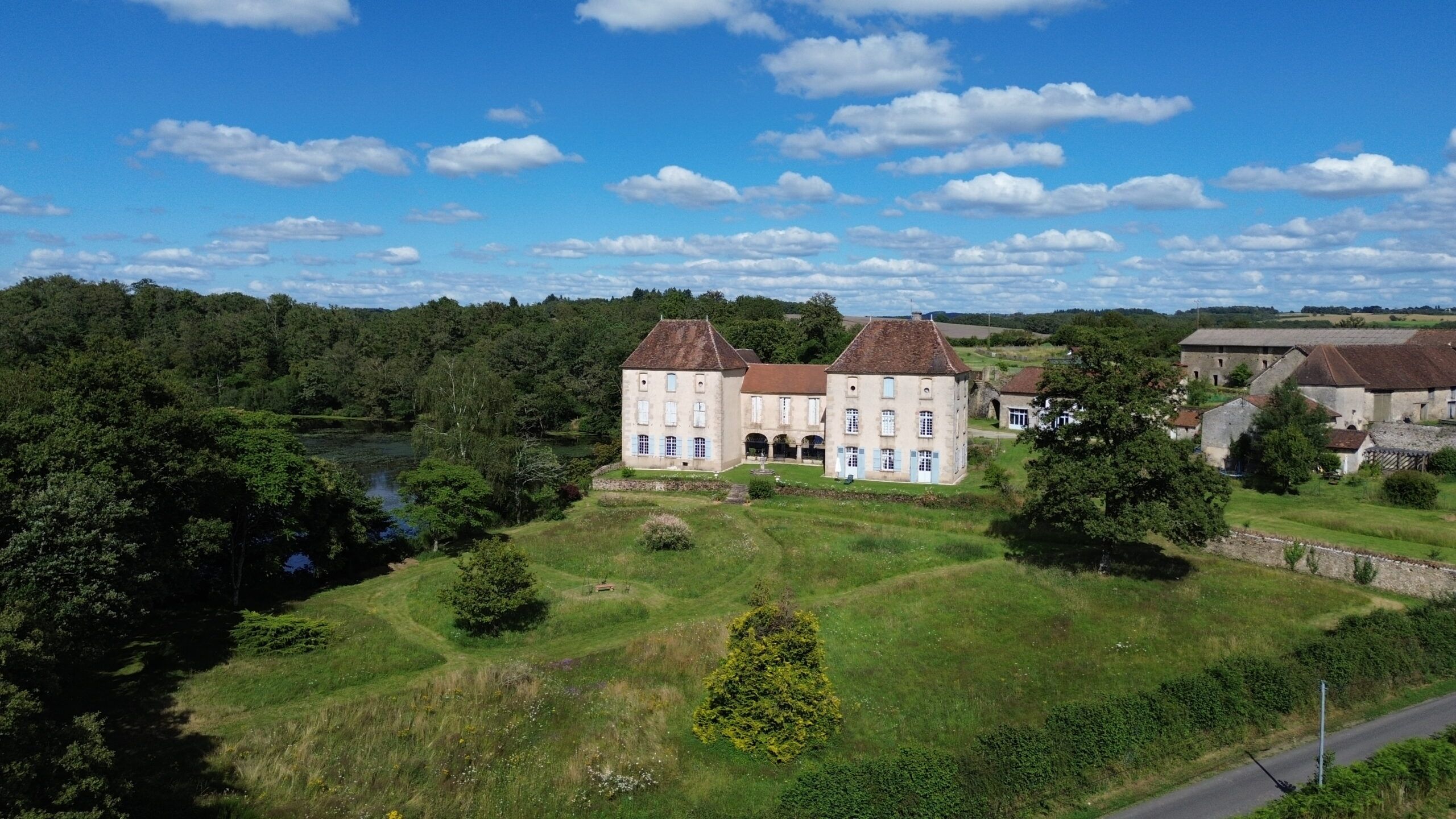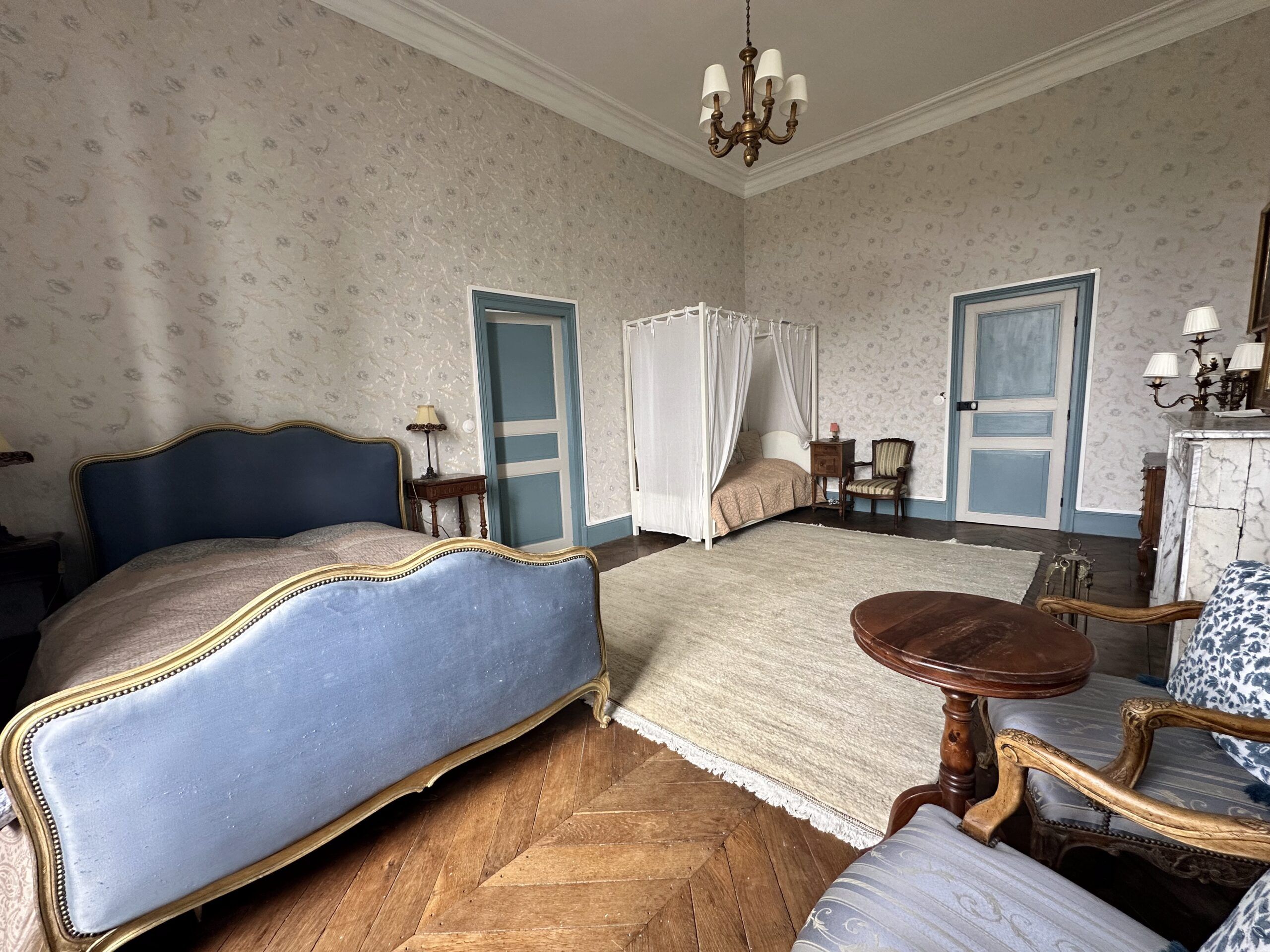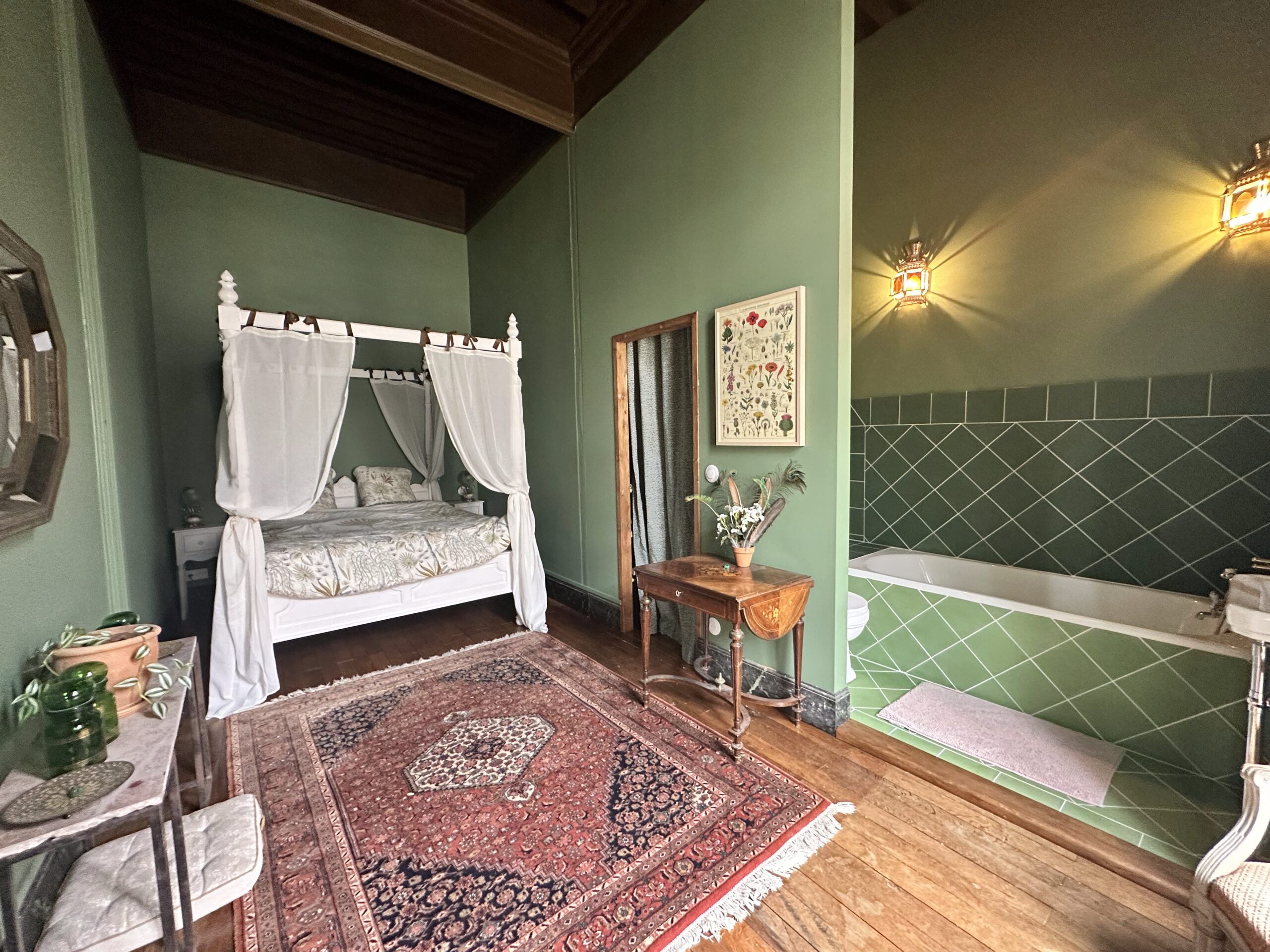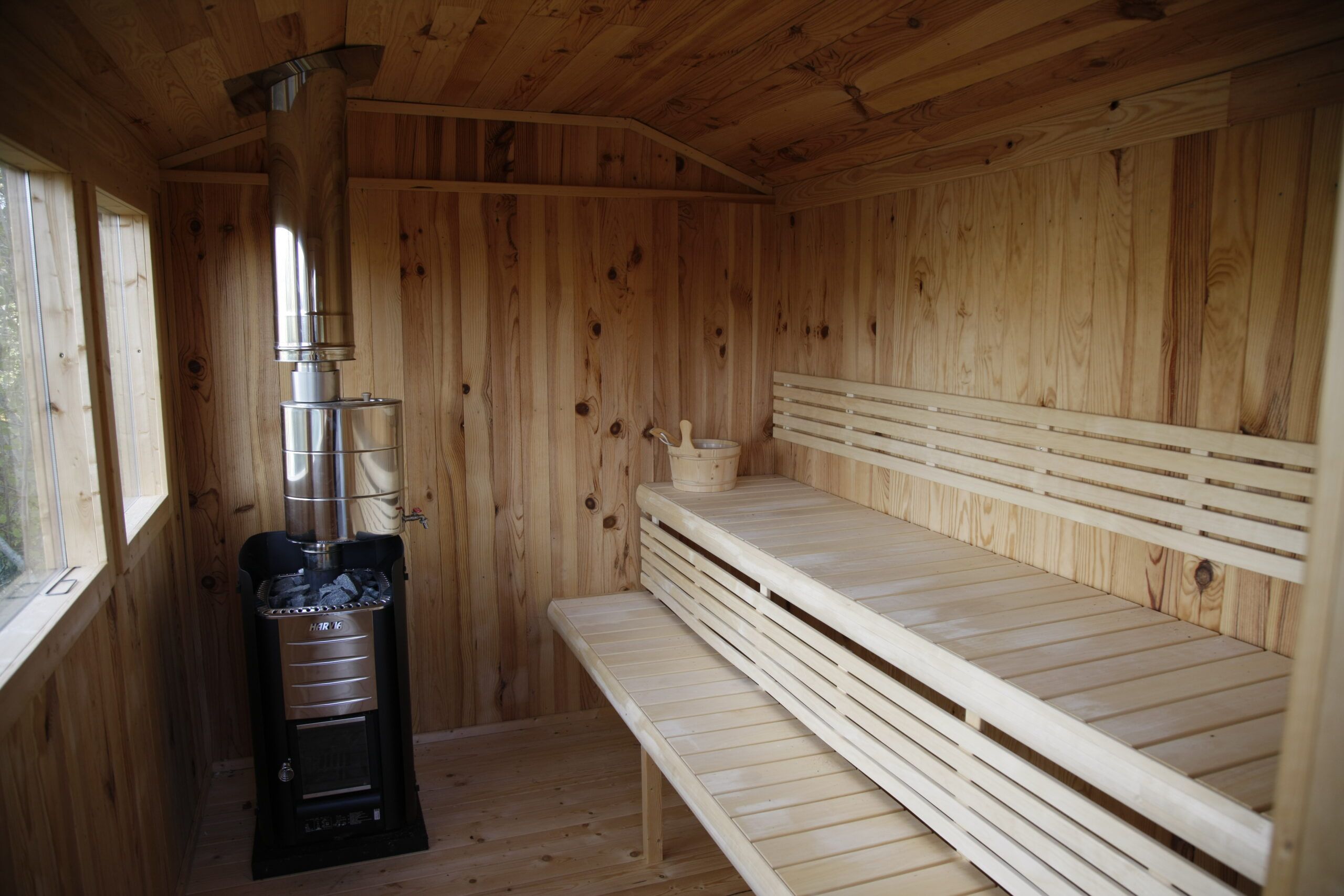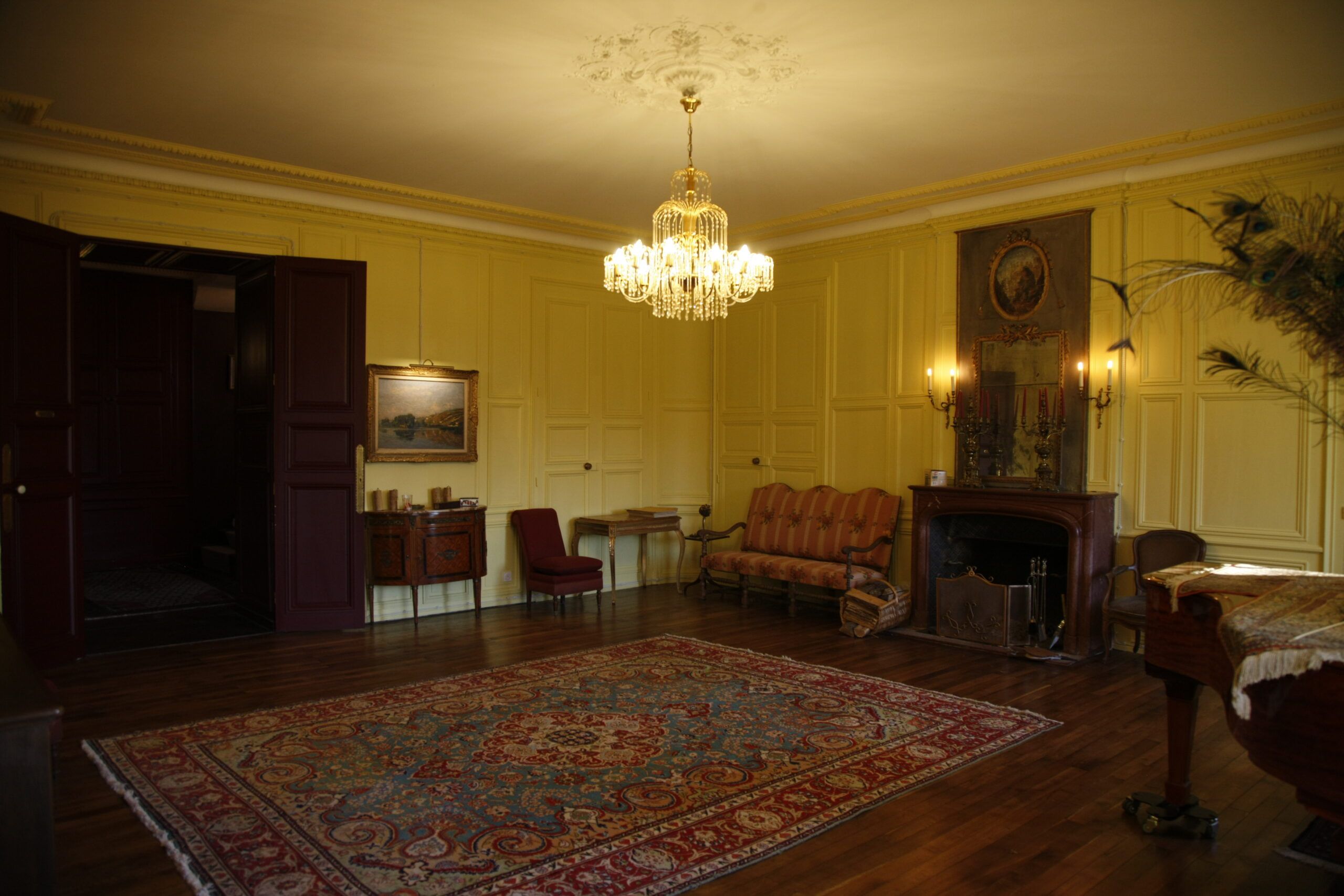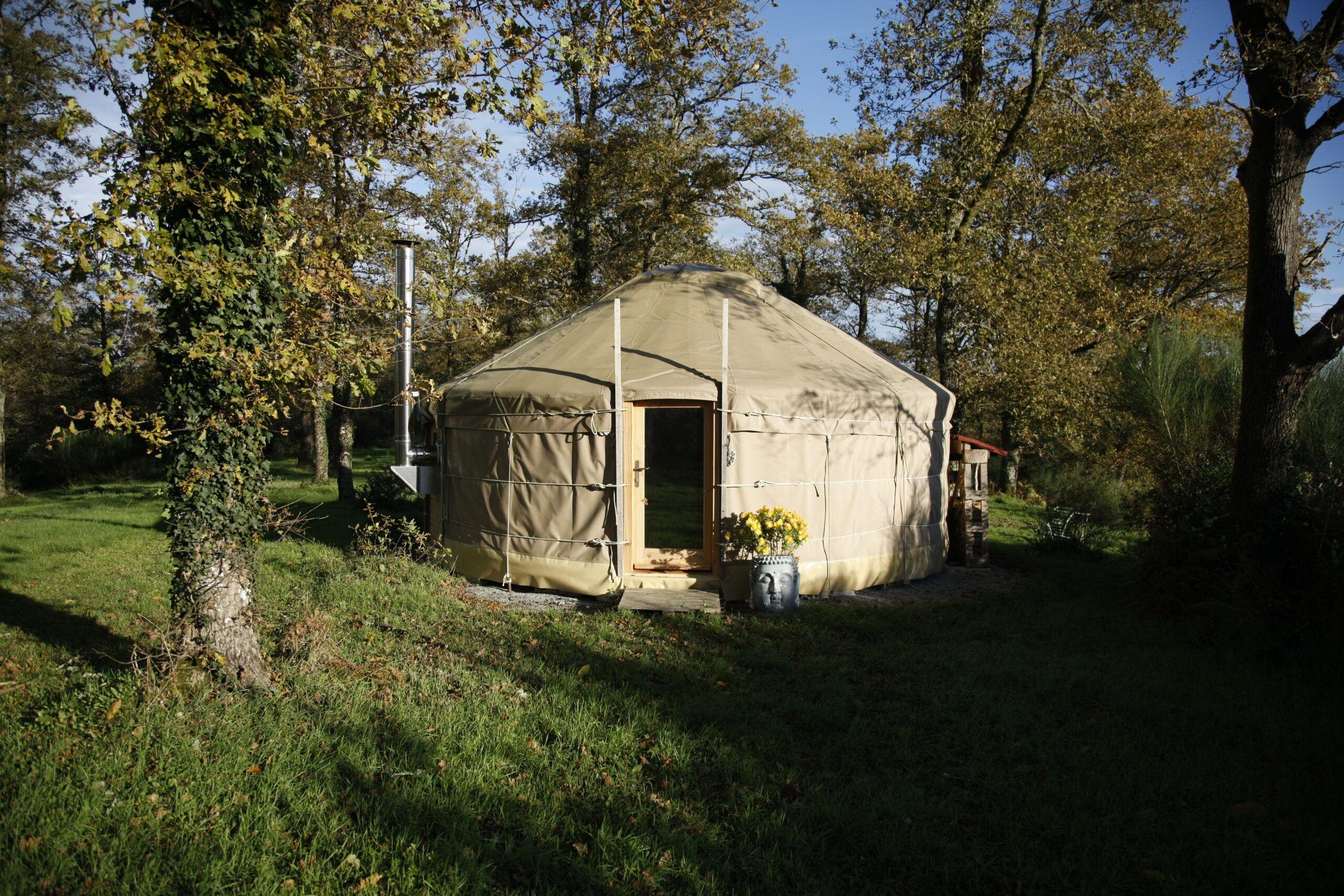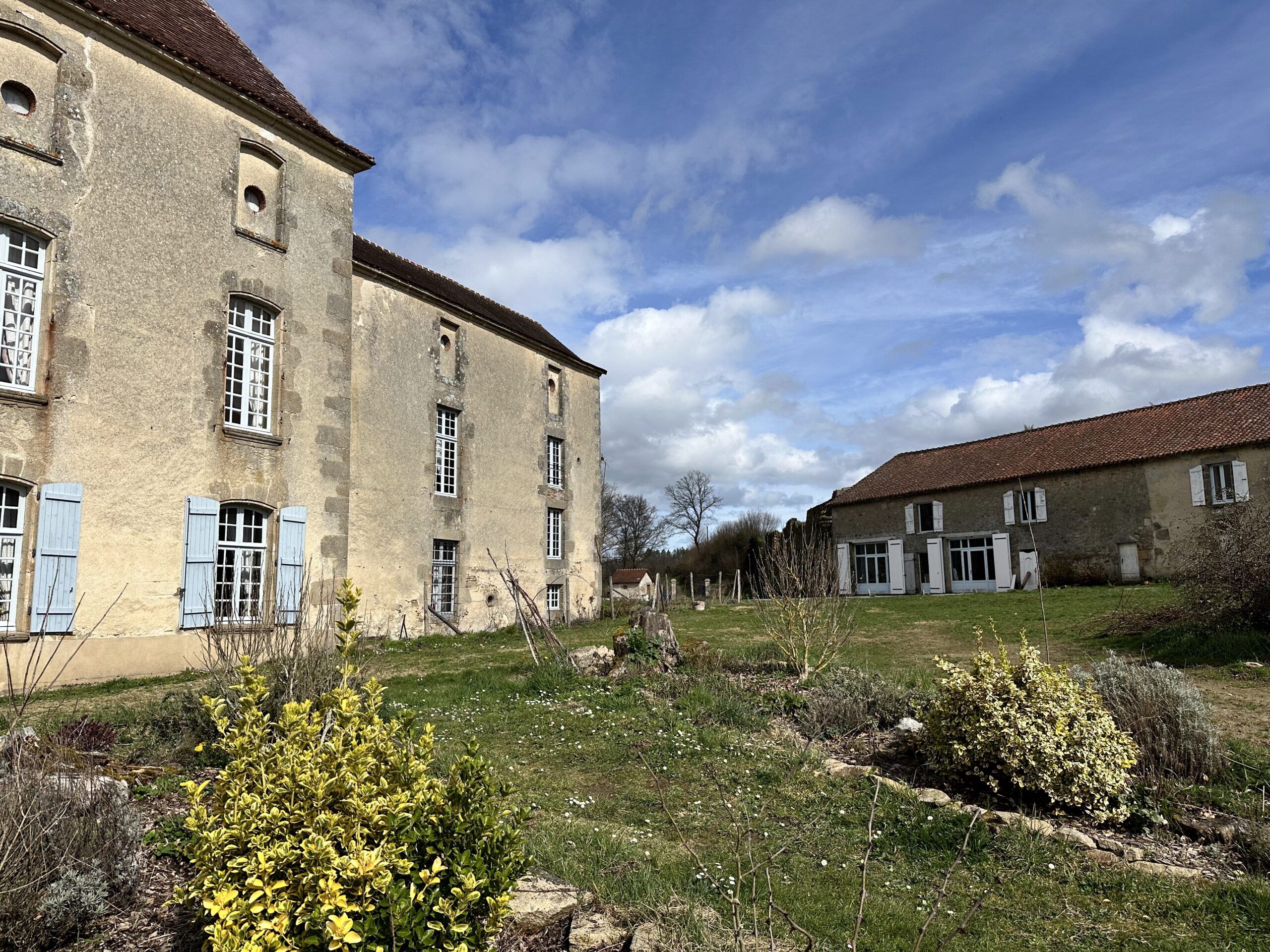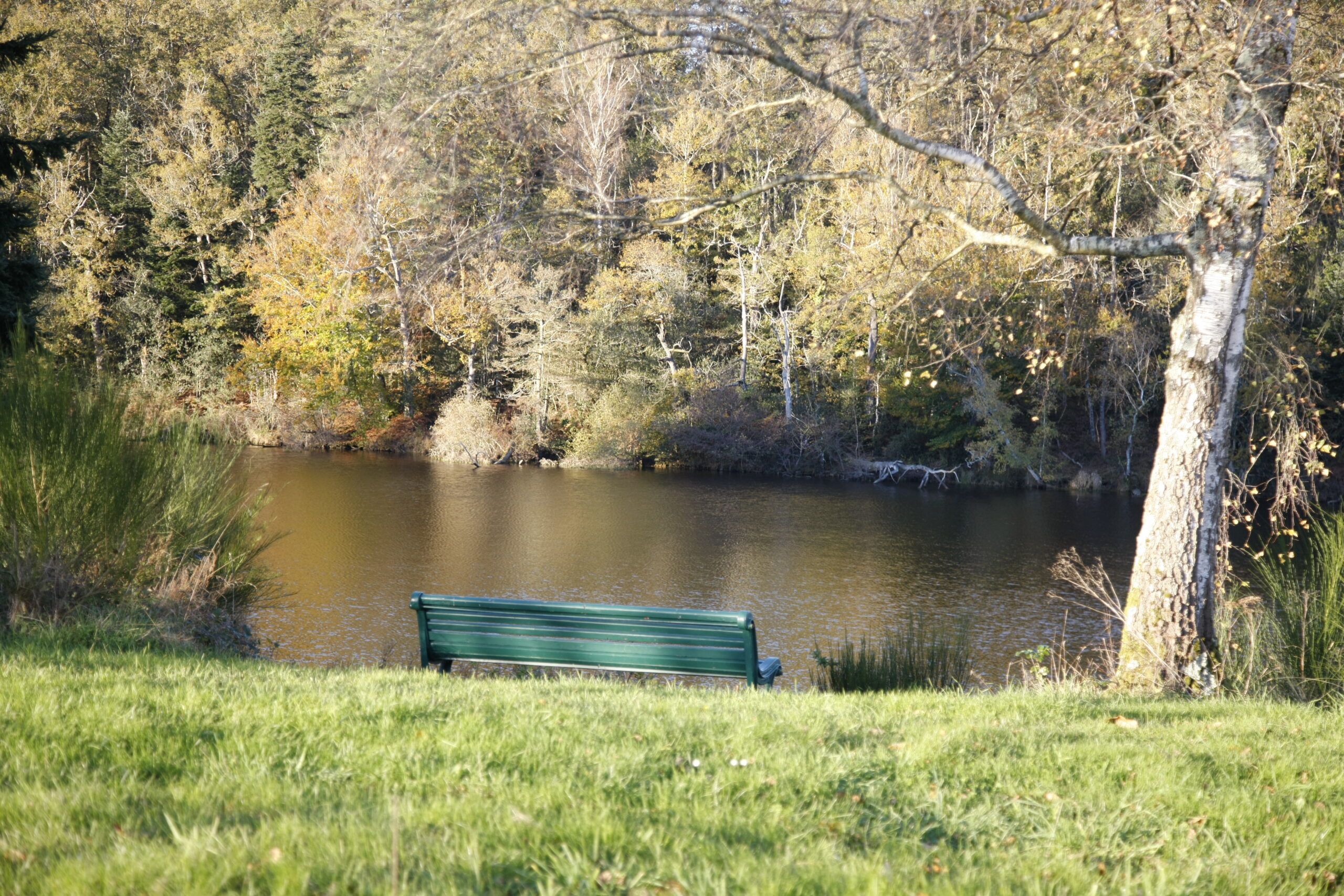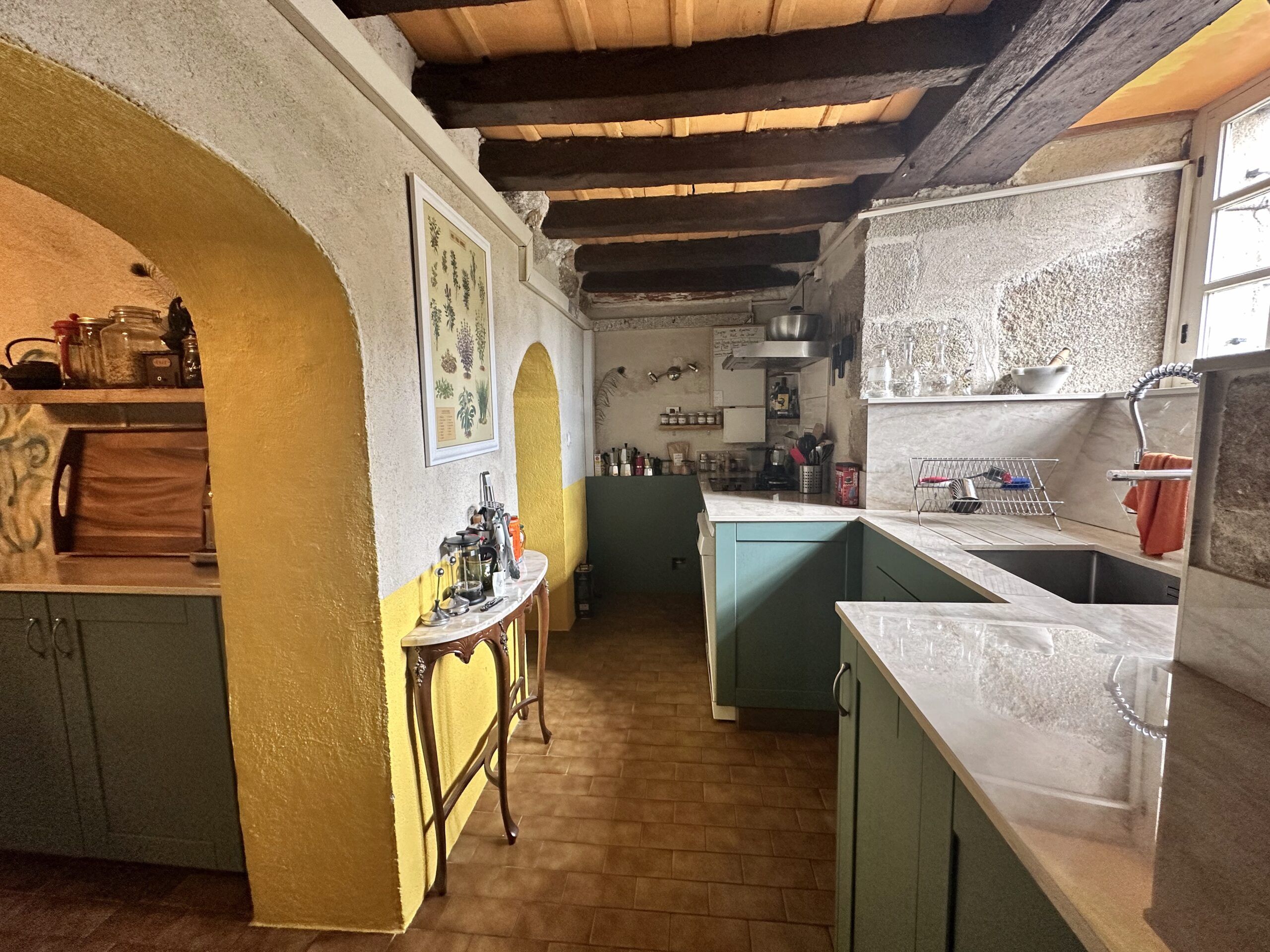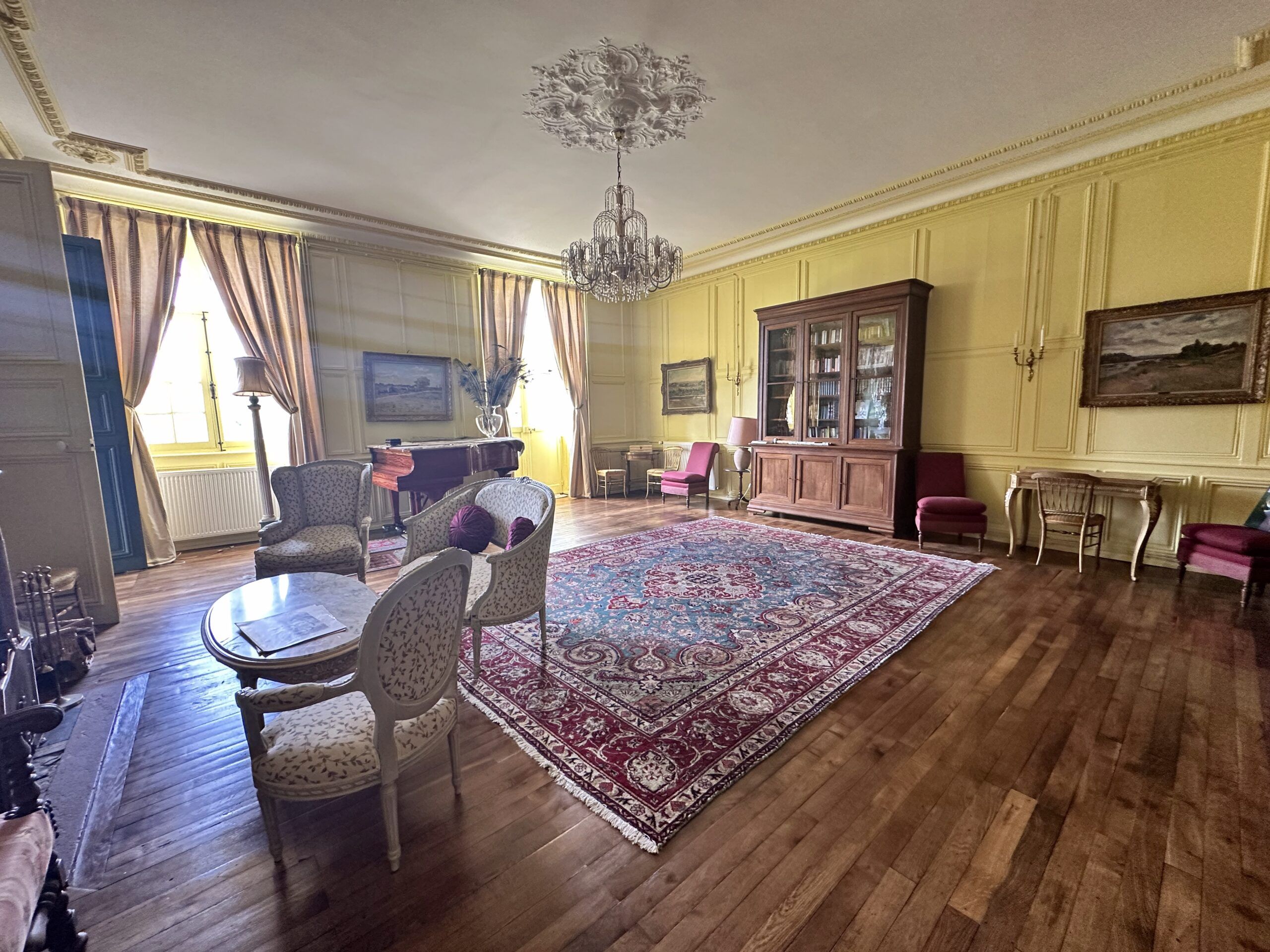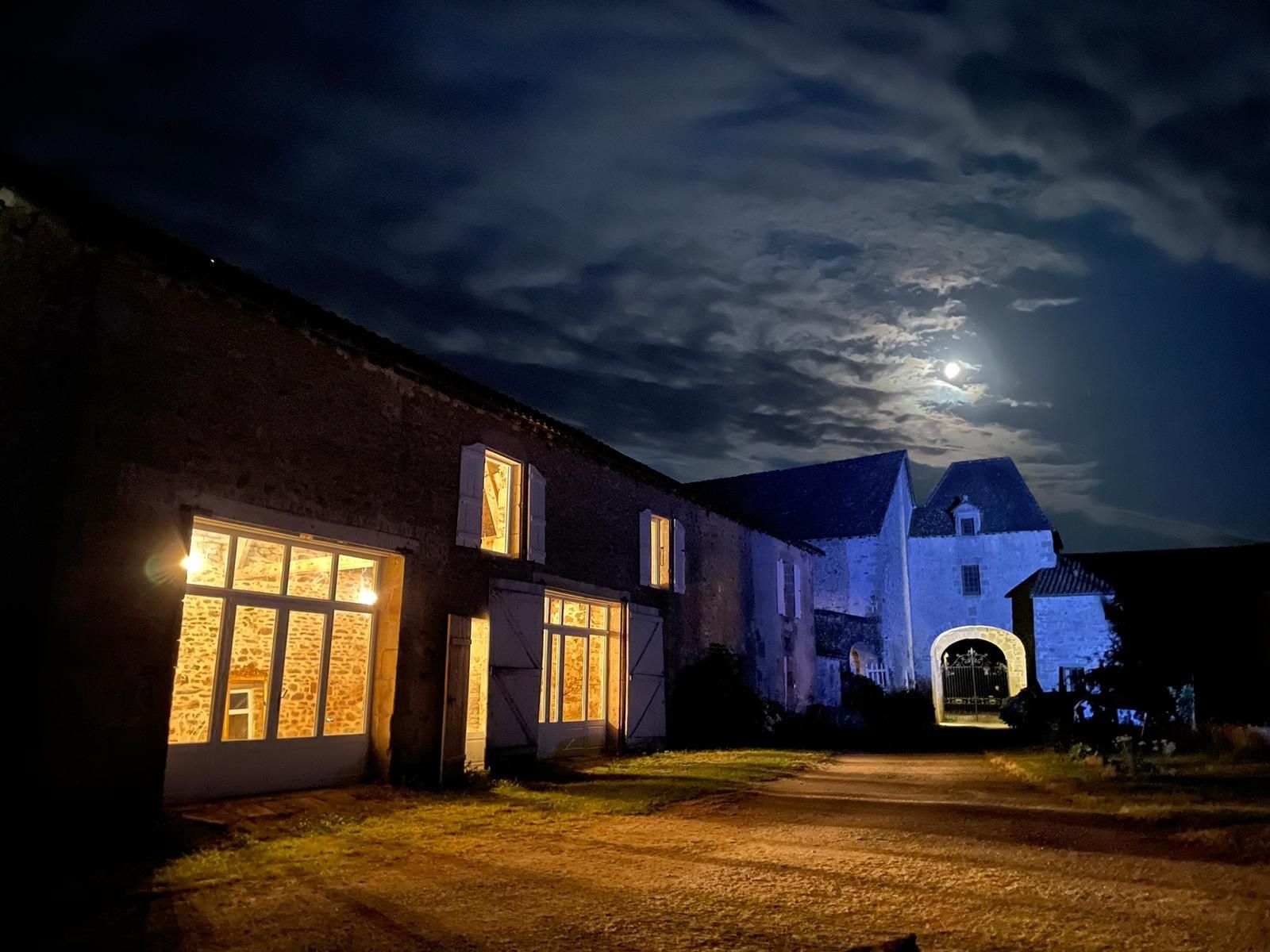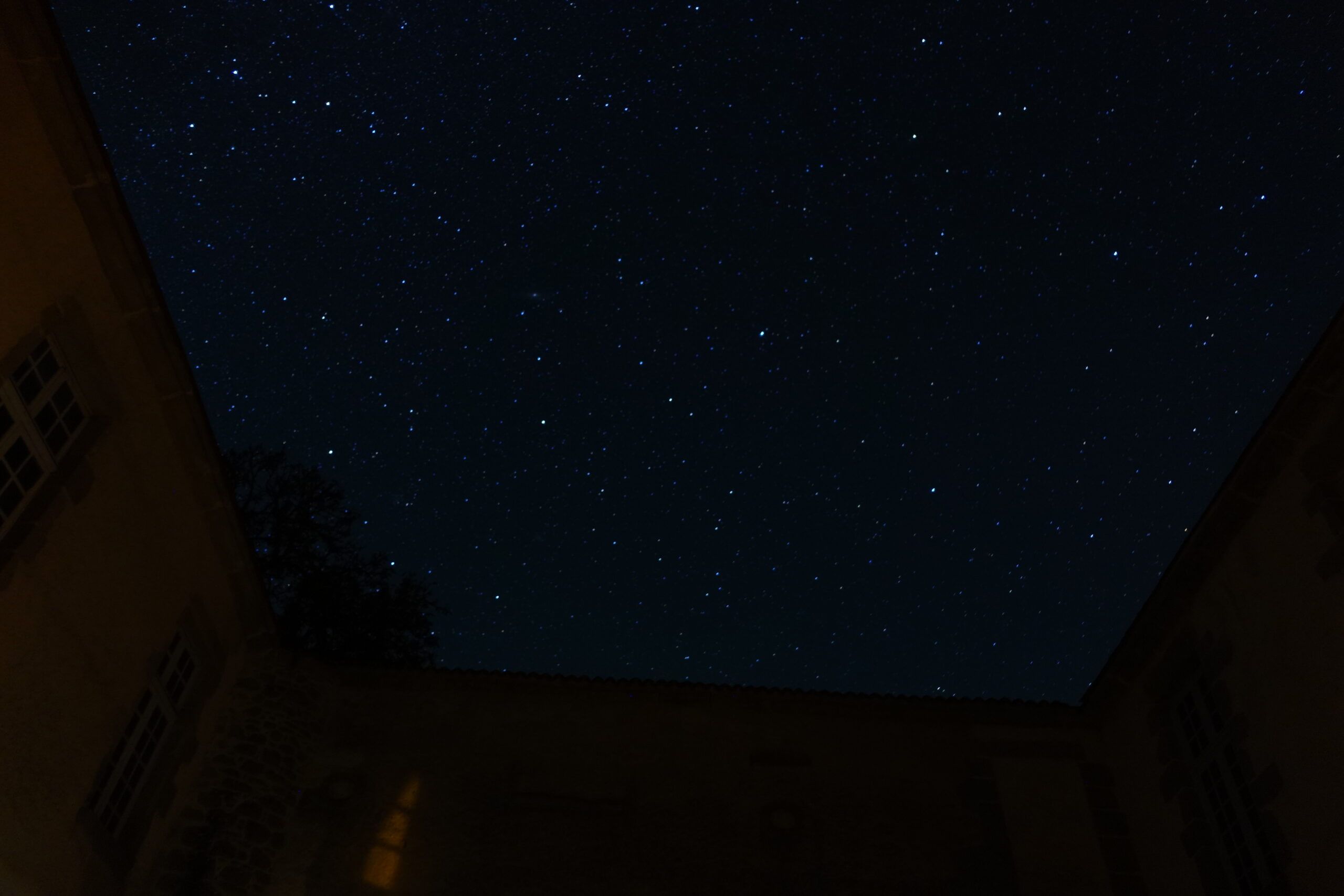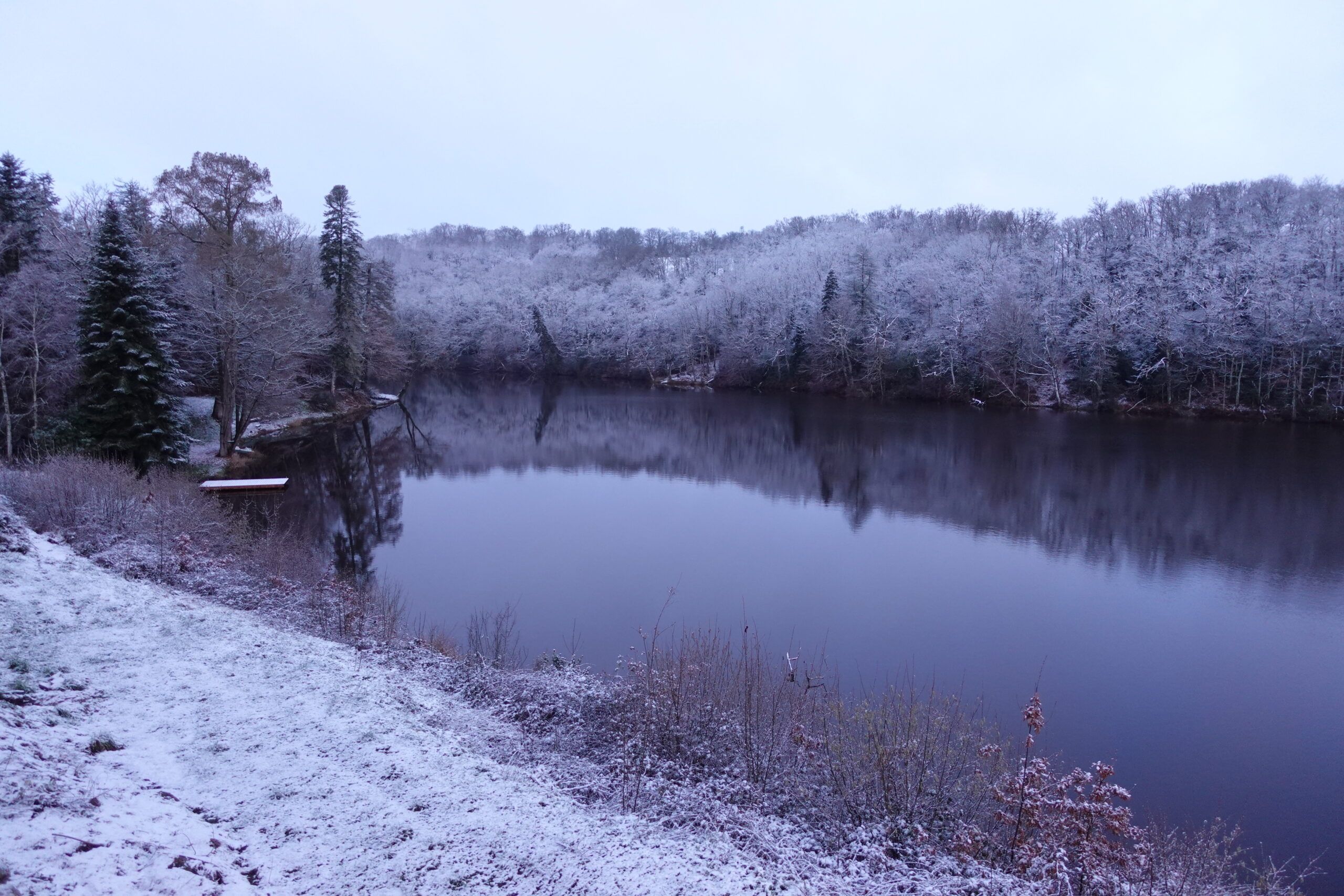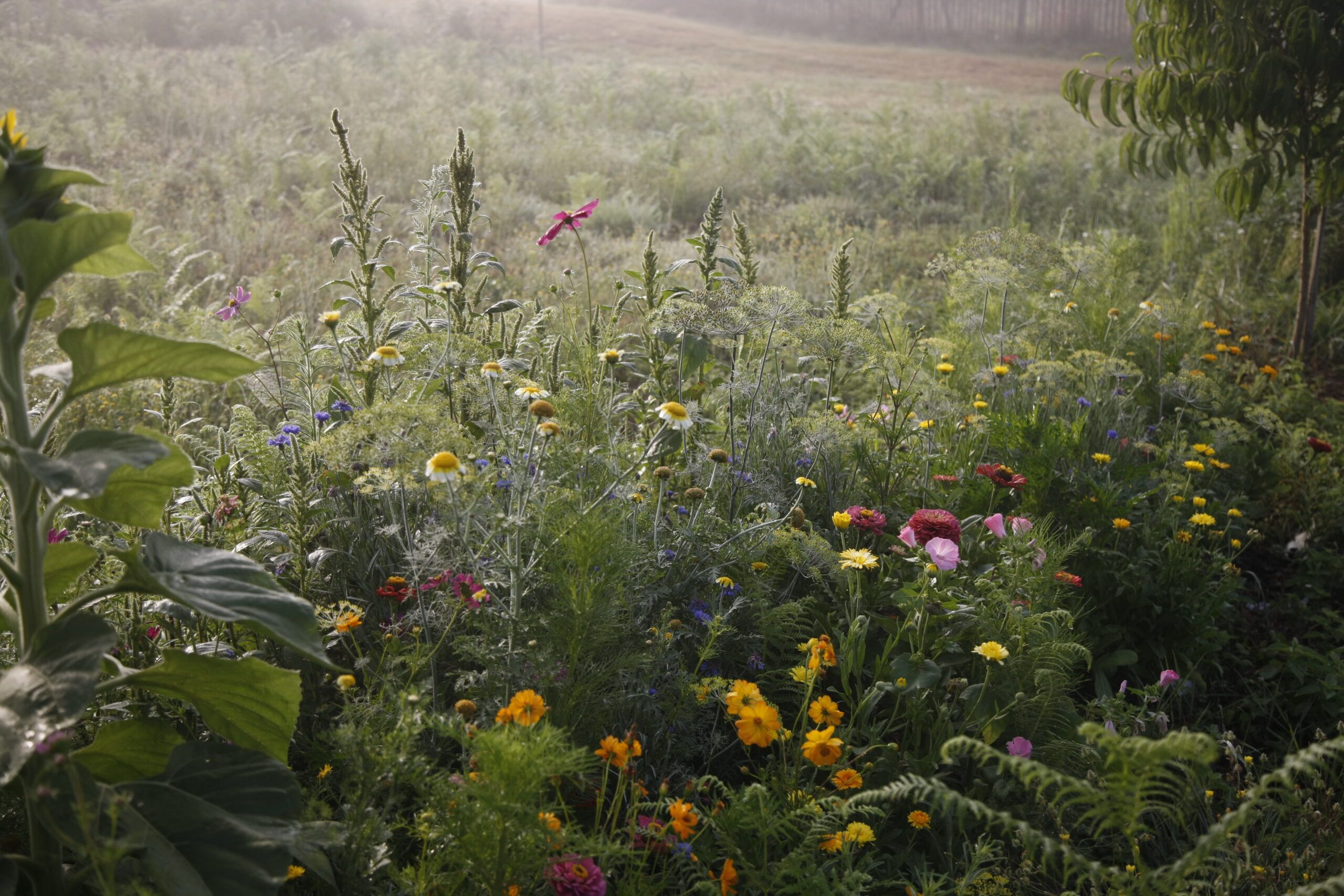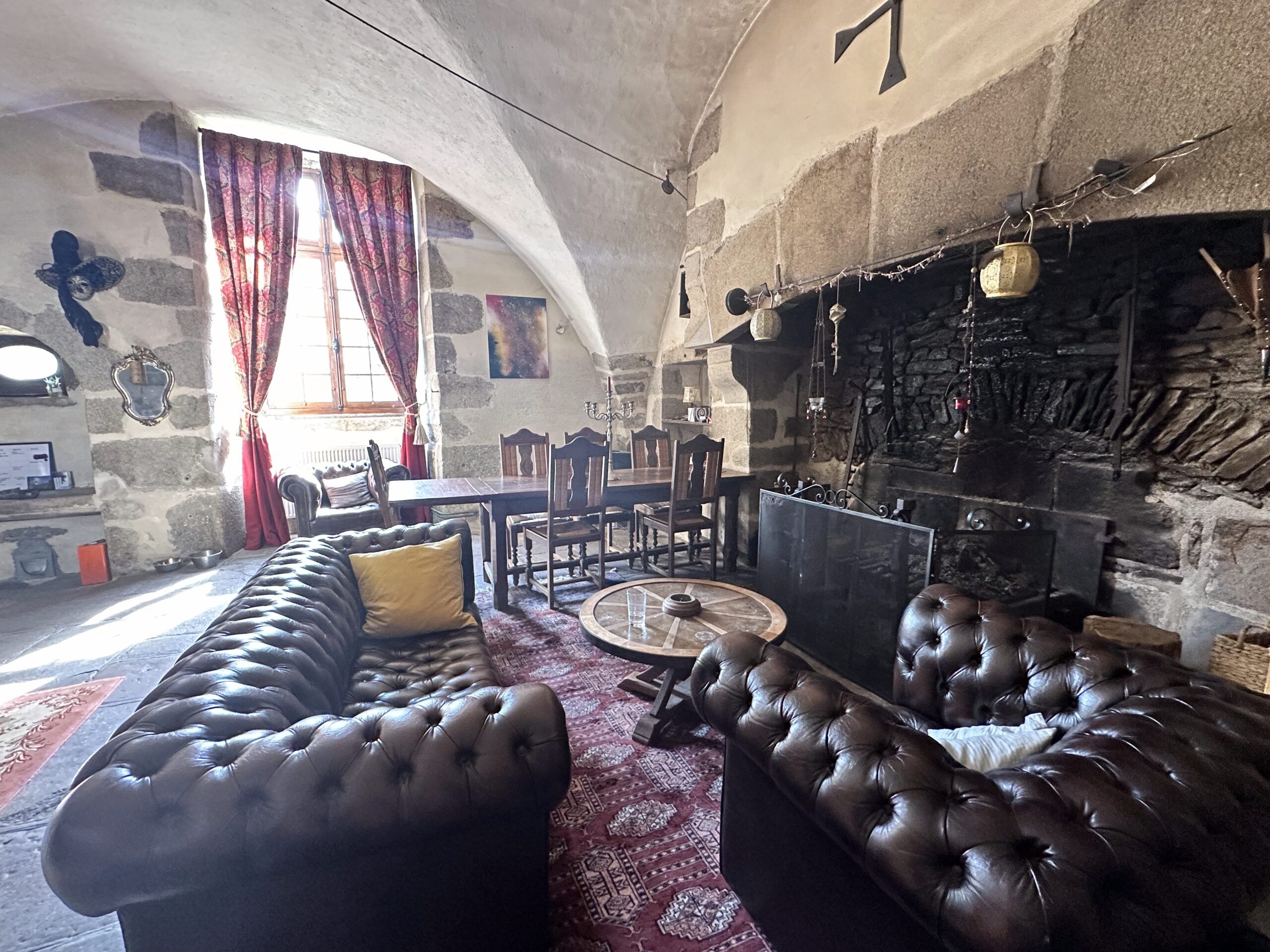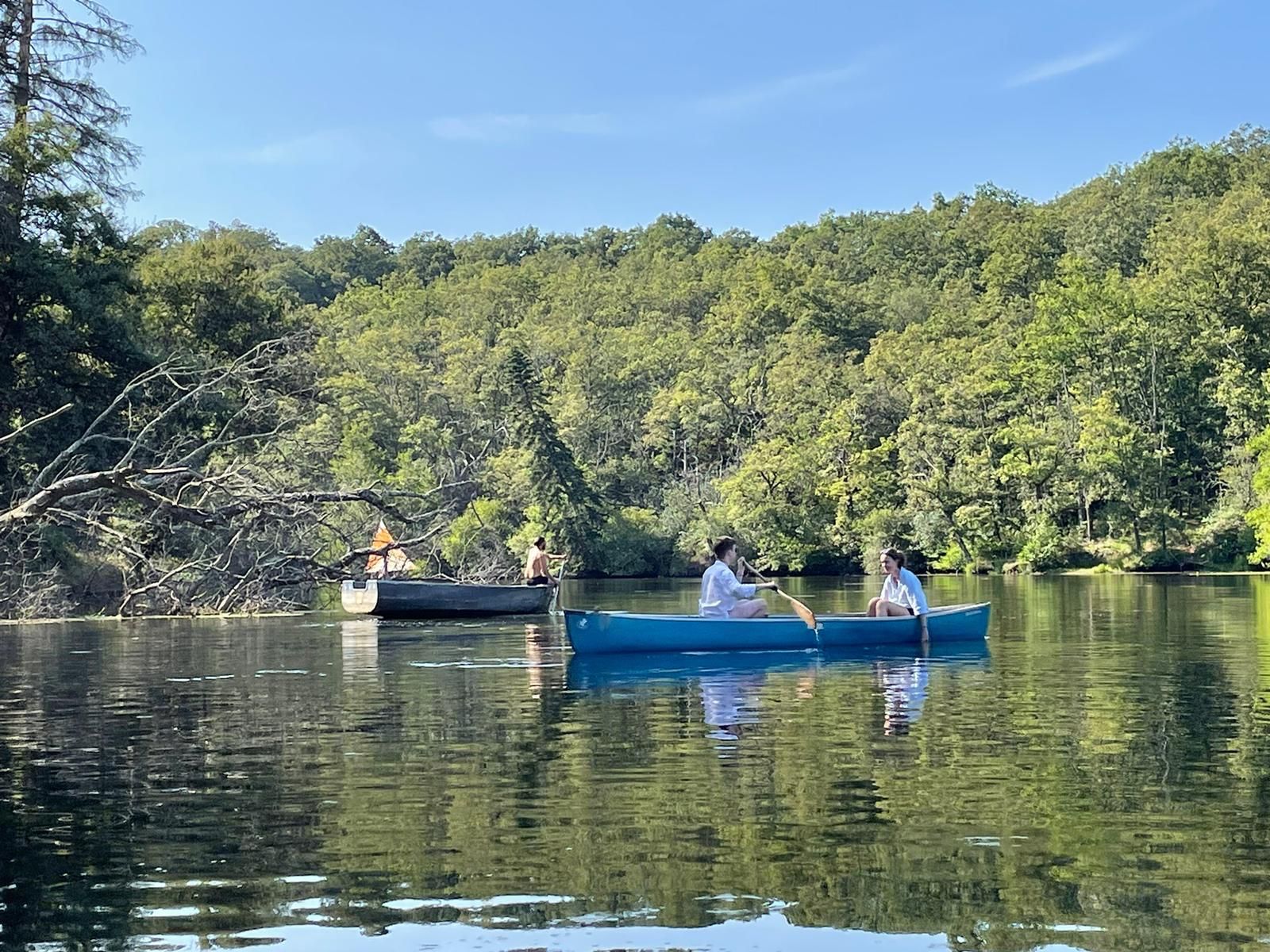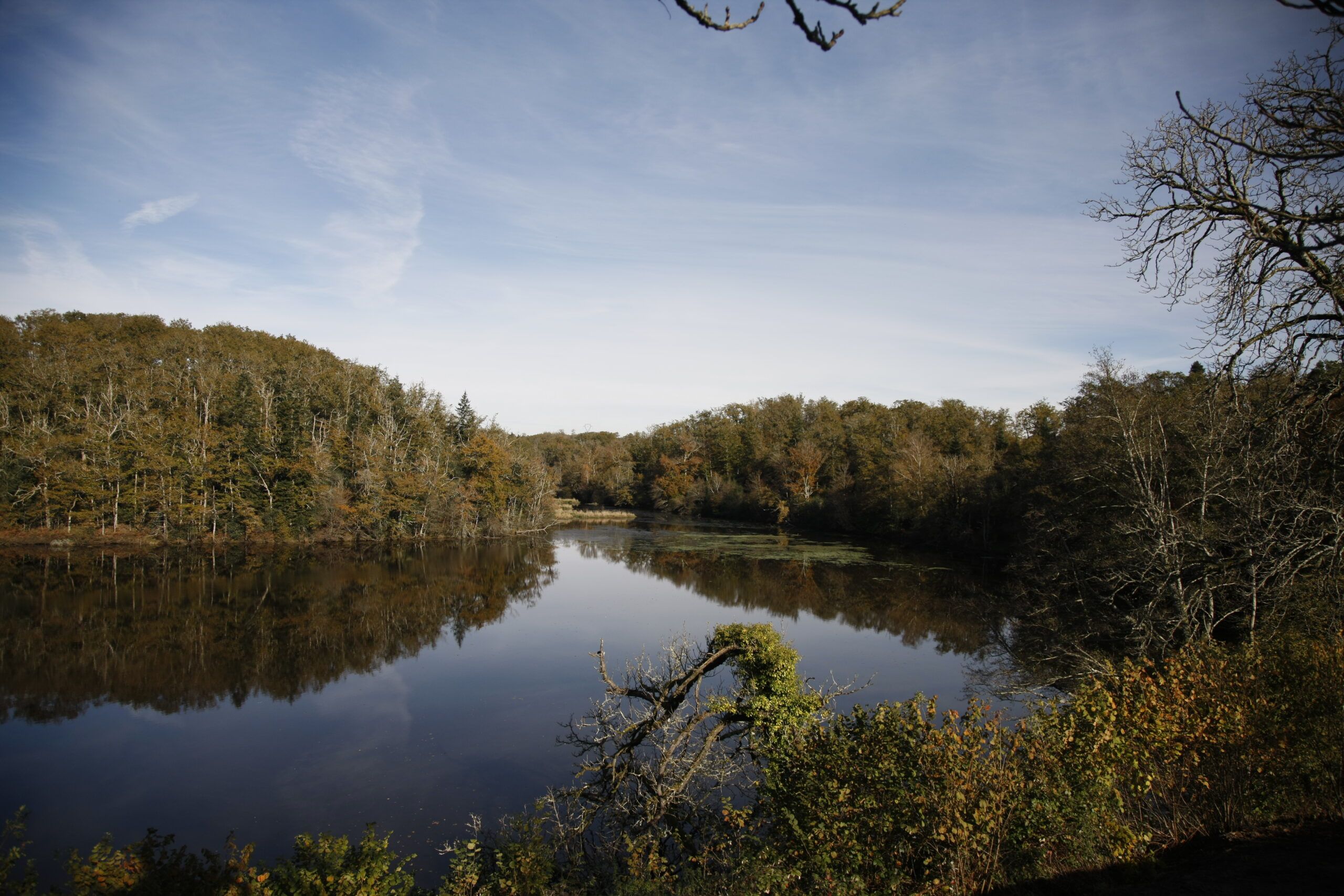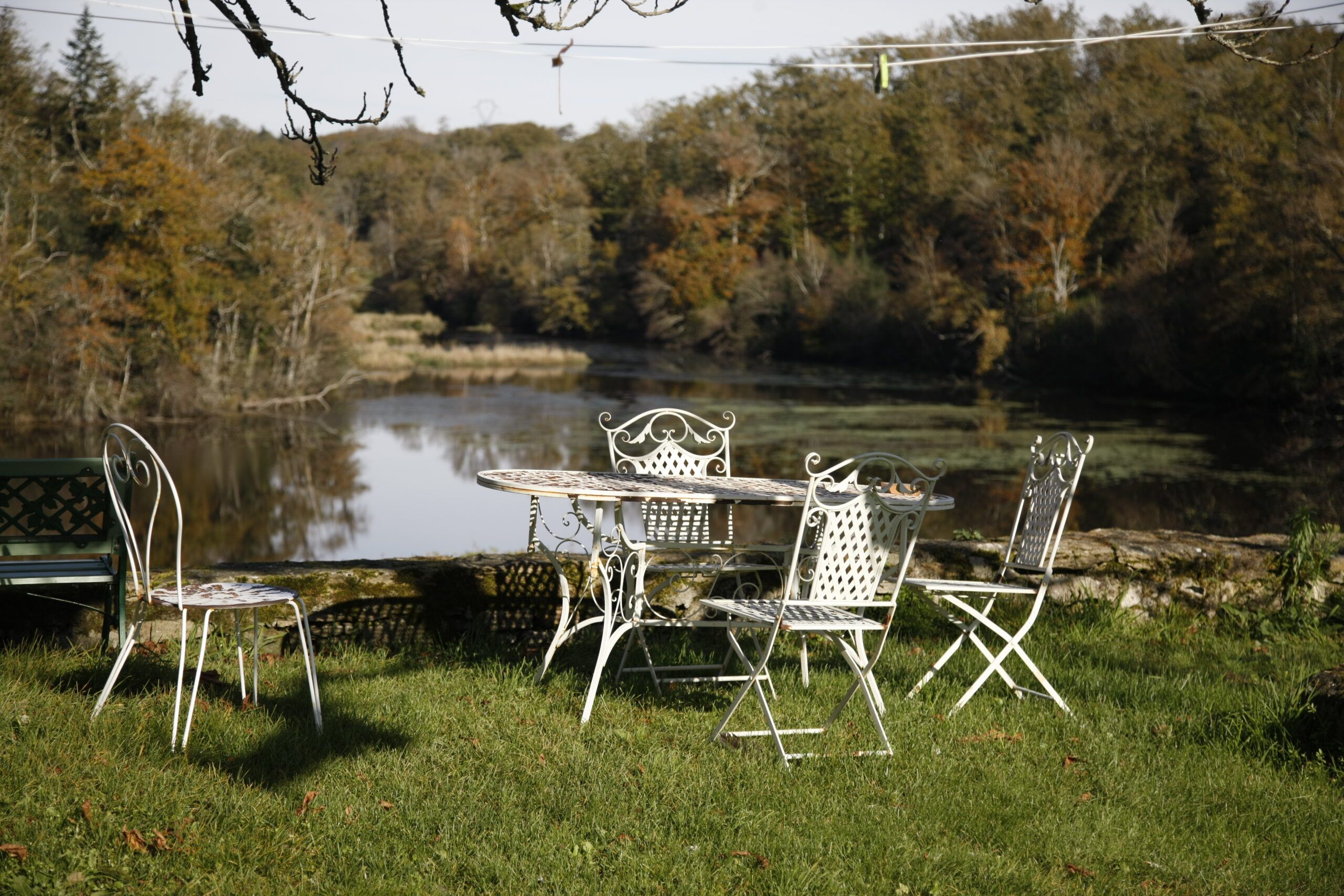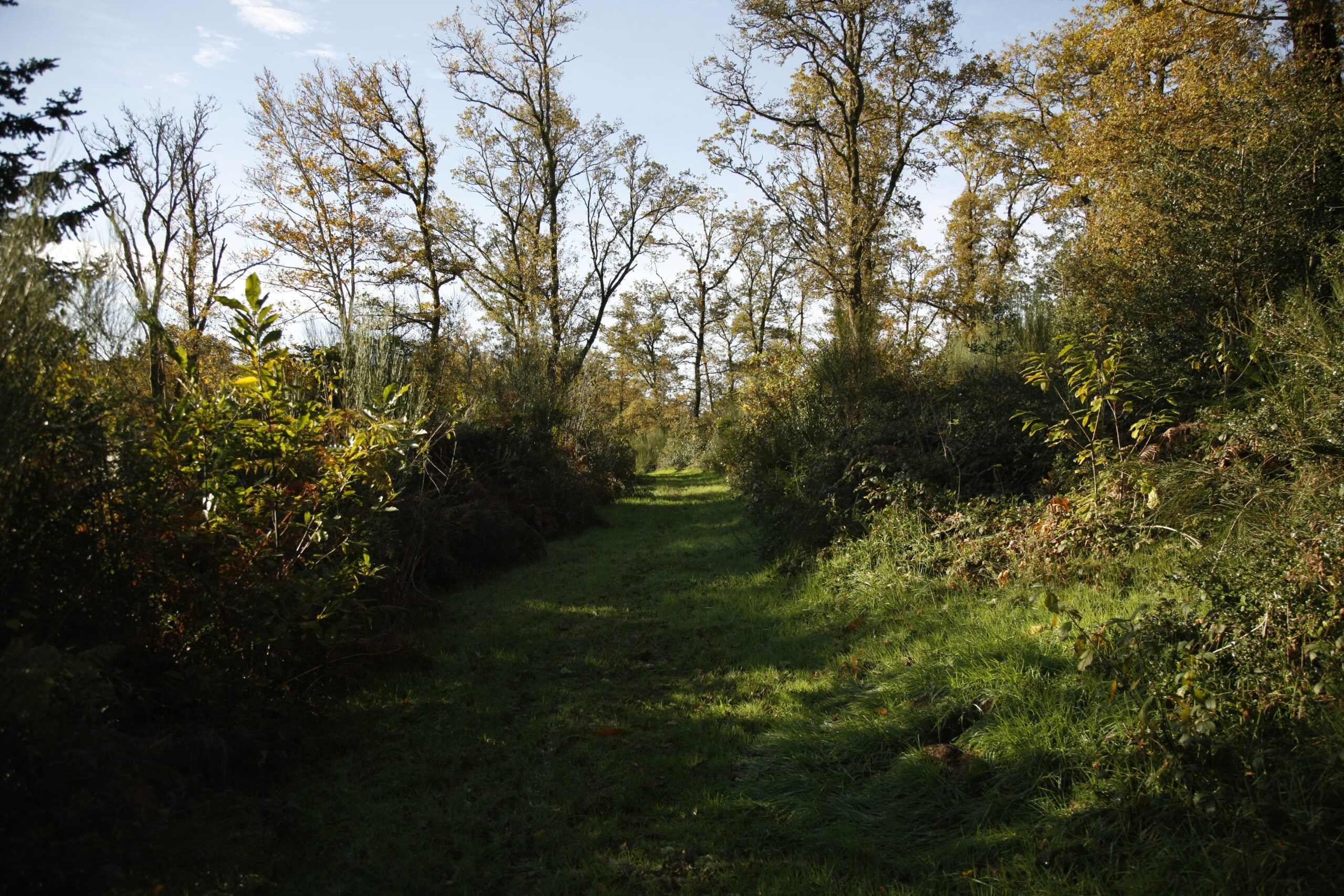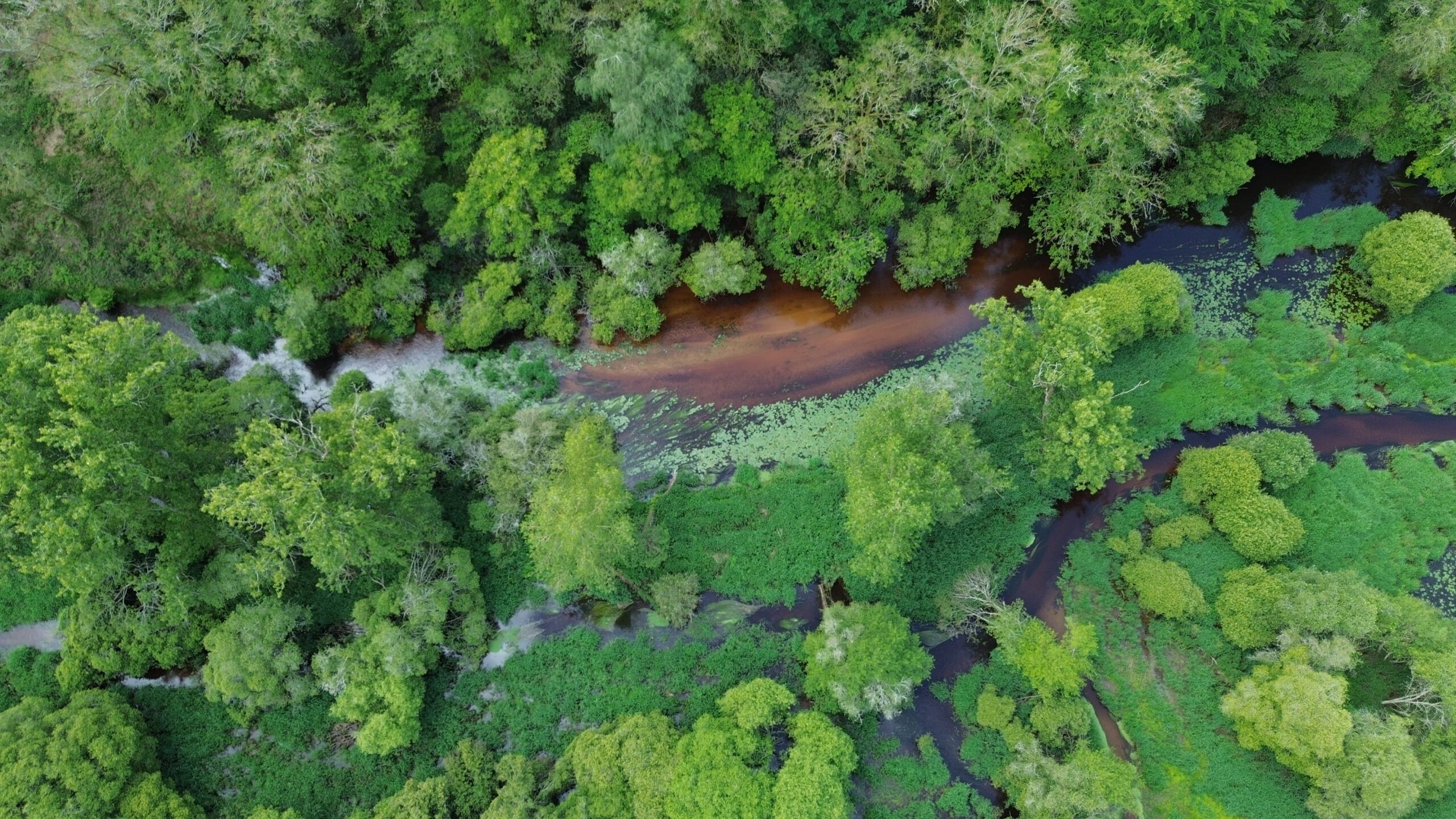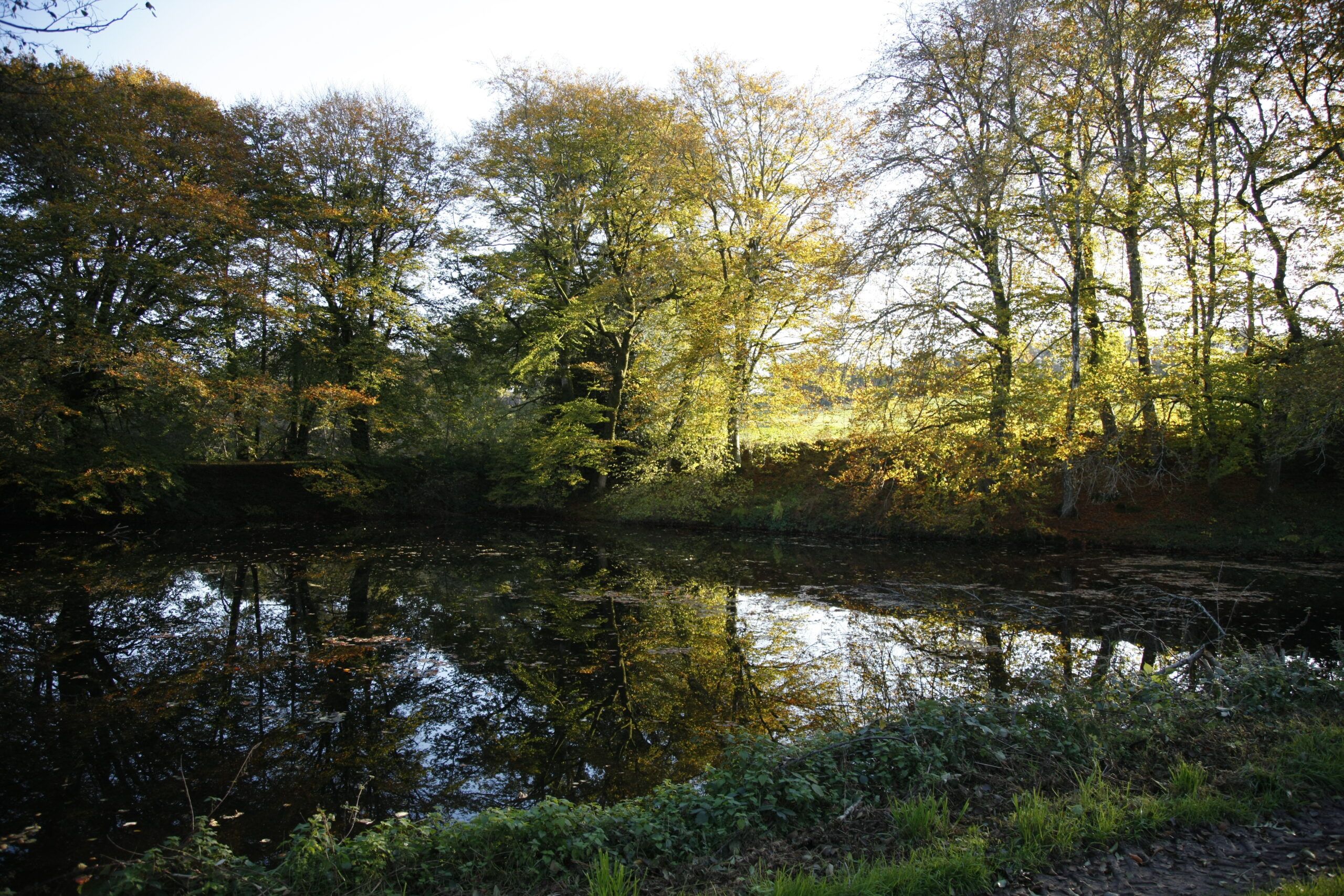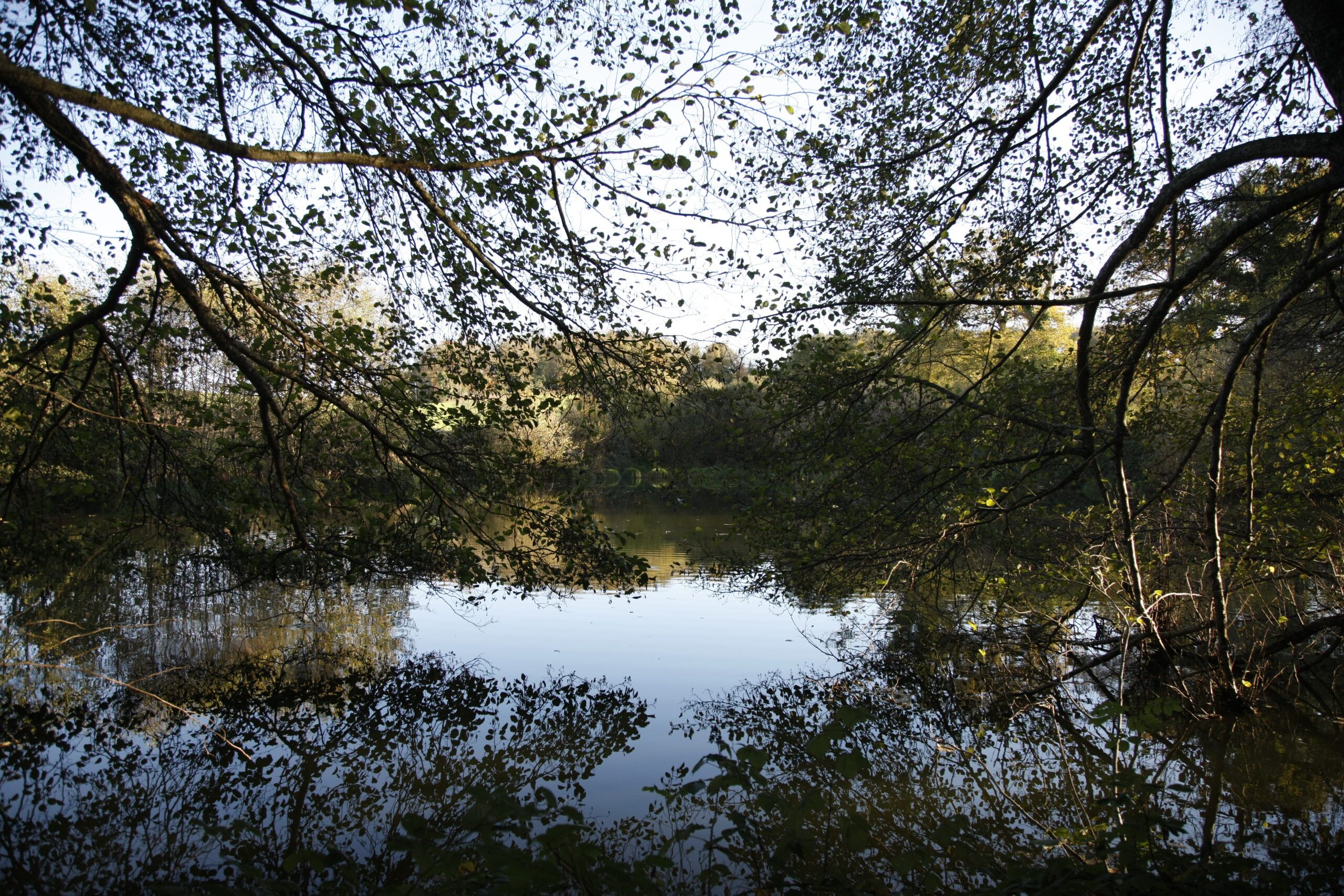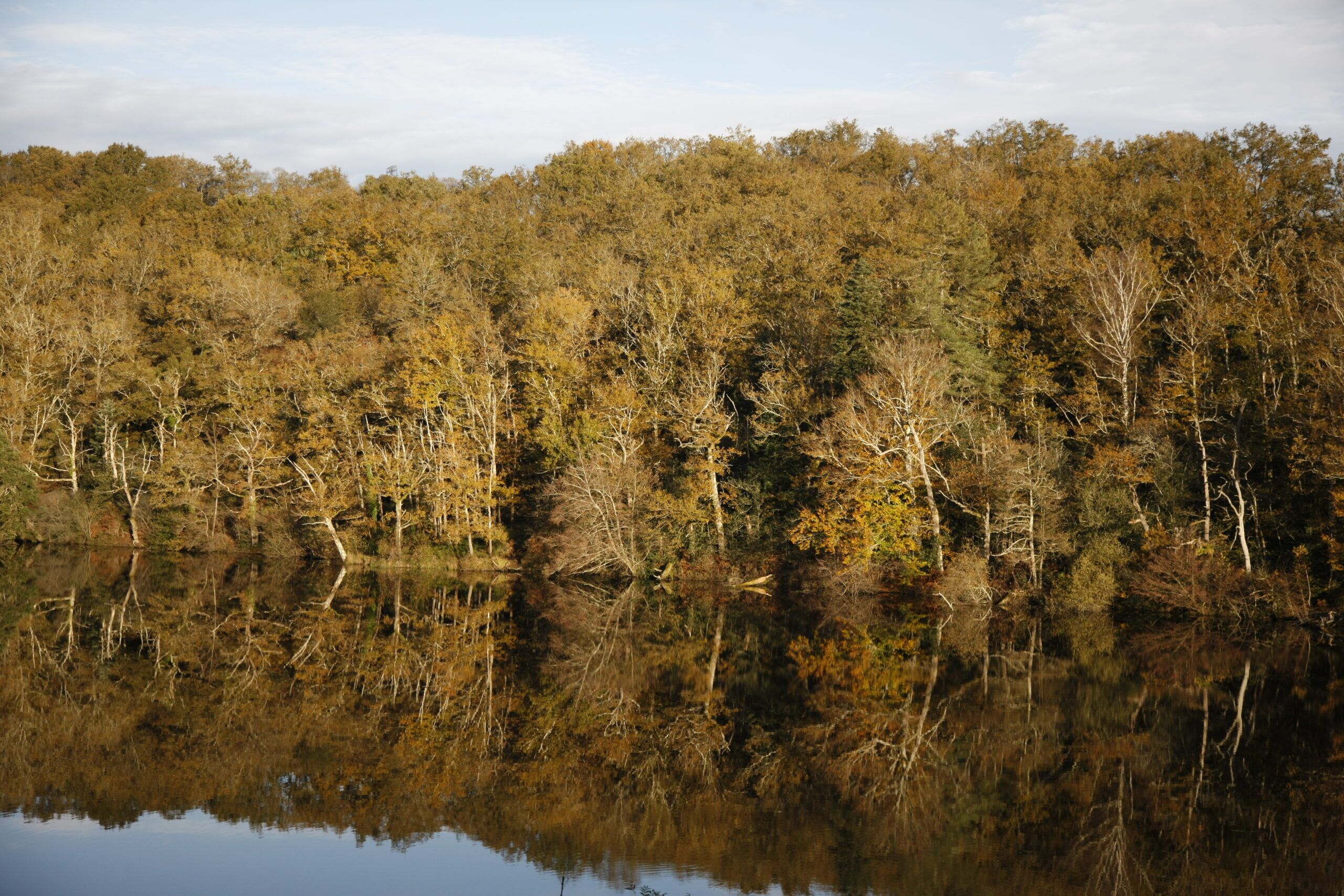The Castle
“Château de Dompierre”
The Chateau de Dompierre is beautifully nestled between forests, a permaculture garden and its own lake. A place to immerse yourself in nature and discover yourself.
Our Vision
The vision of creating a place of beauty, where one can live in harmony with nature and offer a place where people can experience new knowledge, learn tools for self-development, to be an island of the future, that is the heart of this project.
The Chateau de Dompierre is a place for personal and collective development. Surrounded by beautiful nature, we offer guests, course participants and seminar leaders the space to unfold their full potential, pass on knowledge and reconnect with themselves and nature. Here, past and future merge and new potential can unfold. Values such as honesty, resilience, transparency, authenticity and respectful treatment of all resources are exemplified by the team here.
History of the Castle
Château-Dompierre is the full name of the seigneury on which this fine residence of distinction is built. Originally, it was a mound commanding a pond causeway, as historians Ch. Rémy and Cl. Gravelat have analyzed. Château-Dompierre was probably a toll house associated with a place of worship – the chapel of Saint-Martial, dependent on the chapter of Le Dorat – and a complex of mottes castrales – the rock or mound overlooking the pond and other more distant plots bearing the name “motte”. This complex was initiated by the powerful lords of Magnac as early as the 11th century. A branch of this family bore the title of “seigneur du Château-Dompierre” in the 14th century.
It was at this time that Château-Dompierre was sold to the abbey of Saint-Germain-Masseré (Saint-Germain-les-Belles) in Limousin, following the testamentary dispositions of Cardinal Hugues Roger, brother of Pope Clement VI. In the early 15th century, a certain Guillaume Poute, originally from Issoudun, held part of the Château-Dompierre land from the canons of Masseré. In 1441, Percheron Poute, esquire, took over the title of “seigneur du Château-Dompierre” and asked the lord of Magnac for permission to fortify his “hostel” in the upper courtyard. In 1444, he repeated this request to the Count of La Marche to fortify the entire lower courtyard. Were these fortification permits ever granted? Nothing remains today, apart from traces of a noble dwelling in one of the farm buildings. In 1597, Jean Poute purchased the entire seigneury from the canons of Masseré.
The château we see today dates from the 17th century. Built around a square courtyard, it features two handsome pavilions with wide openings. The stone Renaissance staircase is remarkable. In the 17th century, this residence was home to such illustrious figures as Joseph du Bernet, first president of the Bordeaux parliament, then in exile in Limousin and father-in-law of the lord of Château-Dompierre. Lucrèce de Béthunes, cousin of the famous minister Sully and godmother of Jehan Poute de Dompierre, and Gaston de Secondat de Montesquieu, grandfather of the famous philosopher and brother of the dame de Dompierre, were regular guests at the château.
Terraces with arcades and staircases were laid out, and one garden was even named “Versailles”.
From the 18th century onwards, the château was leased to a family of stewards, the Marcoul de Lagorce family. The Poute de Dompierre family preferred to stay in their château at Nieul-le-Viroul in Saintonges (Charente-Maritime). Claude-Arnoul Poute, seigneur du Château-Dompierre, marquis de Nieul, took part in the American War of Independence. A frigate captain, he distinguished himself during his nineteen campaigns at sea, including the naval battle of Ouessant in 1778.
During the French Revolution, Admiral Poute de Nieul chose to emigrate. Château-Dompierre was sold as national property to the Marcoul Lagorce family.
Around 1830, Antoine Marcoul Lagorce, the new châtelain de Dompierre and mayor of the commune, had the idea of creating a cloth mill in place of his mill. The idea failed, however, due to a lack of outlets. The château passed by marriage to the Moreau Lajarrige family, which included two doctors. In 1882, Jean-Baptiste-Adolphe Moreau Lajarrige undertook a number of alterations to the south wing of the château, creating a peristyle with antique columns and closing off the courtyard with the old walls of one of the wings destroyed in 1852.
Written by
Michaël THOURY
Community
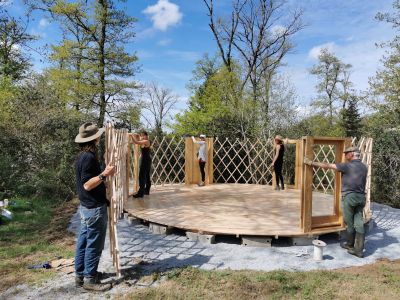

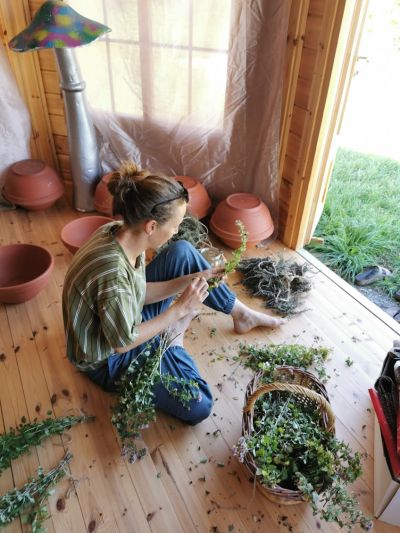

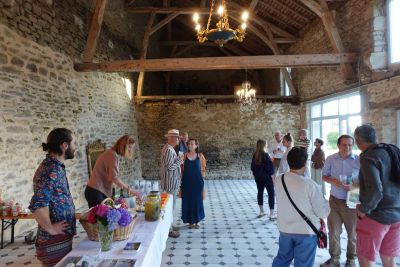
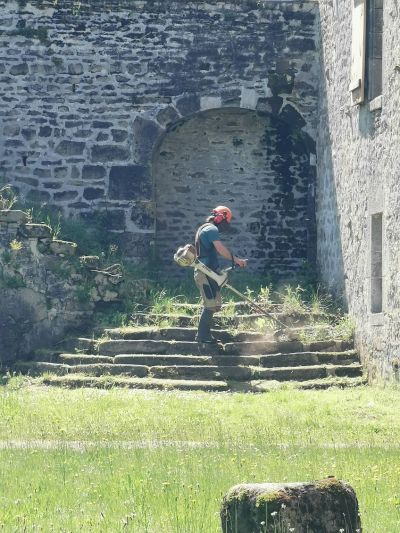
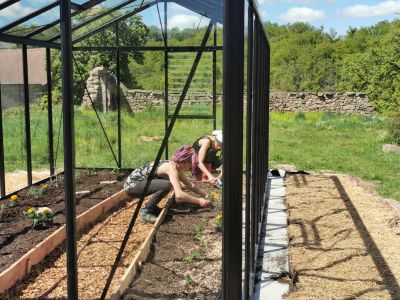
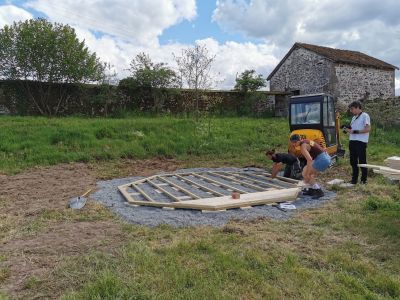
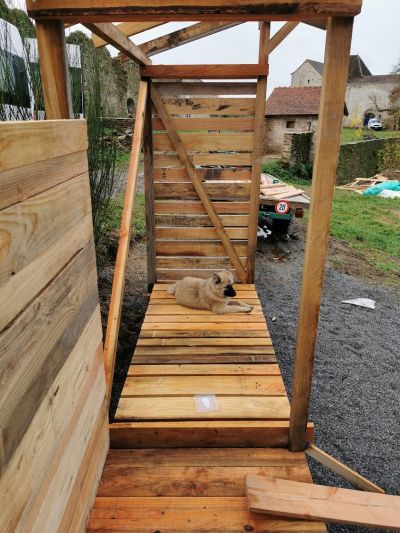
Helpers
Would you like to learn something new and help out with our project? From gardening, helping with maintenance, manual work or cooking, we have a wide range of tasks. If we have piqued your interest, please contact us and tell us briefly who you are, what experience you have and when you would like to come. Minimum stay is 2 weeks.
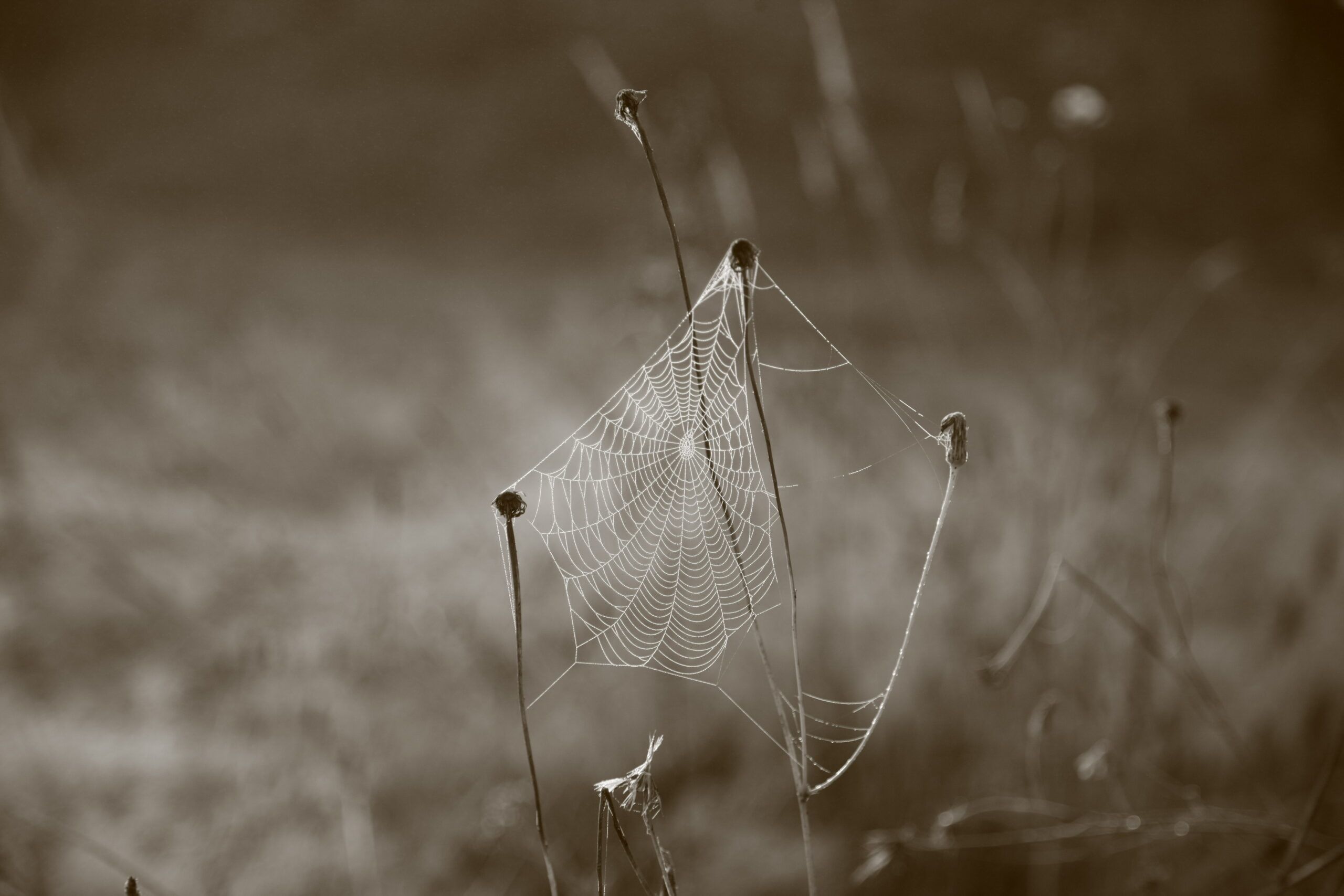
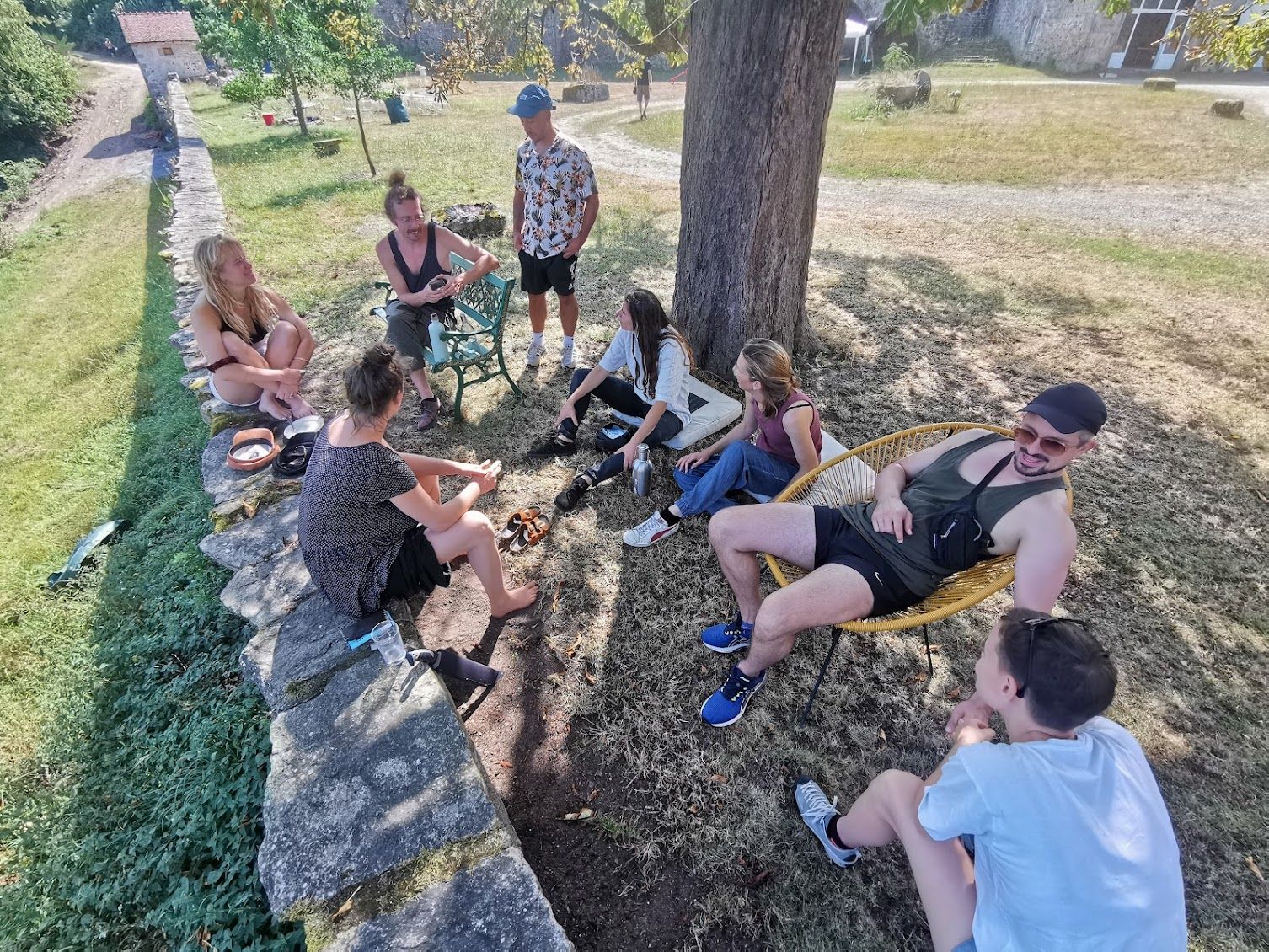

Be part of the community
Do you dream of living in a castle and shaping its future? We are looking for people, individuals or families, who would like to manage the castle with us and get involved. We want to build the structure like a spider web, with the center and different nodes, each with different competencies. If you are interested, get in touch with us and spend some time with us at the castle to see if we are a good fit.
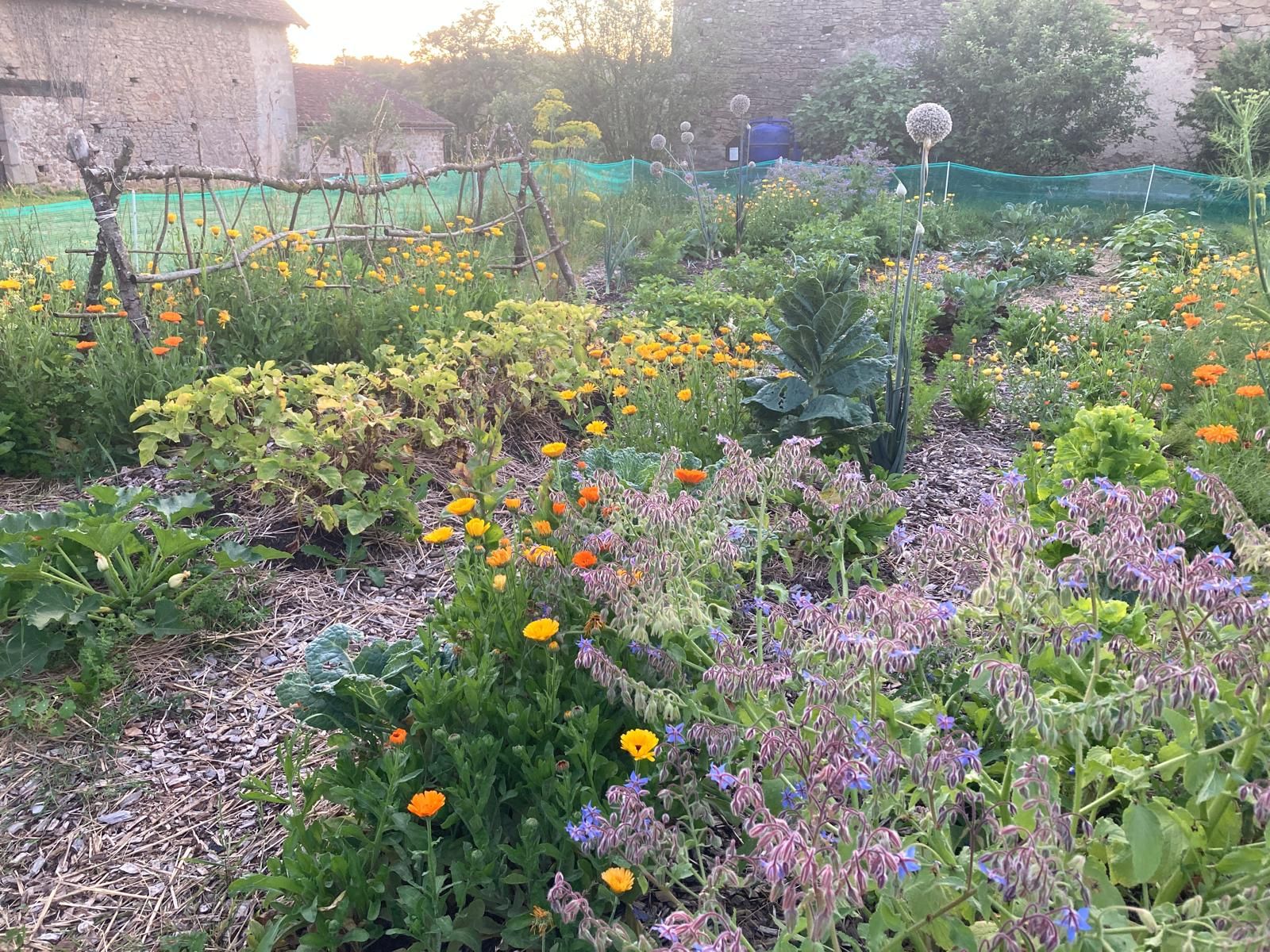
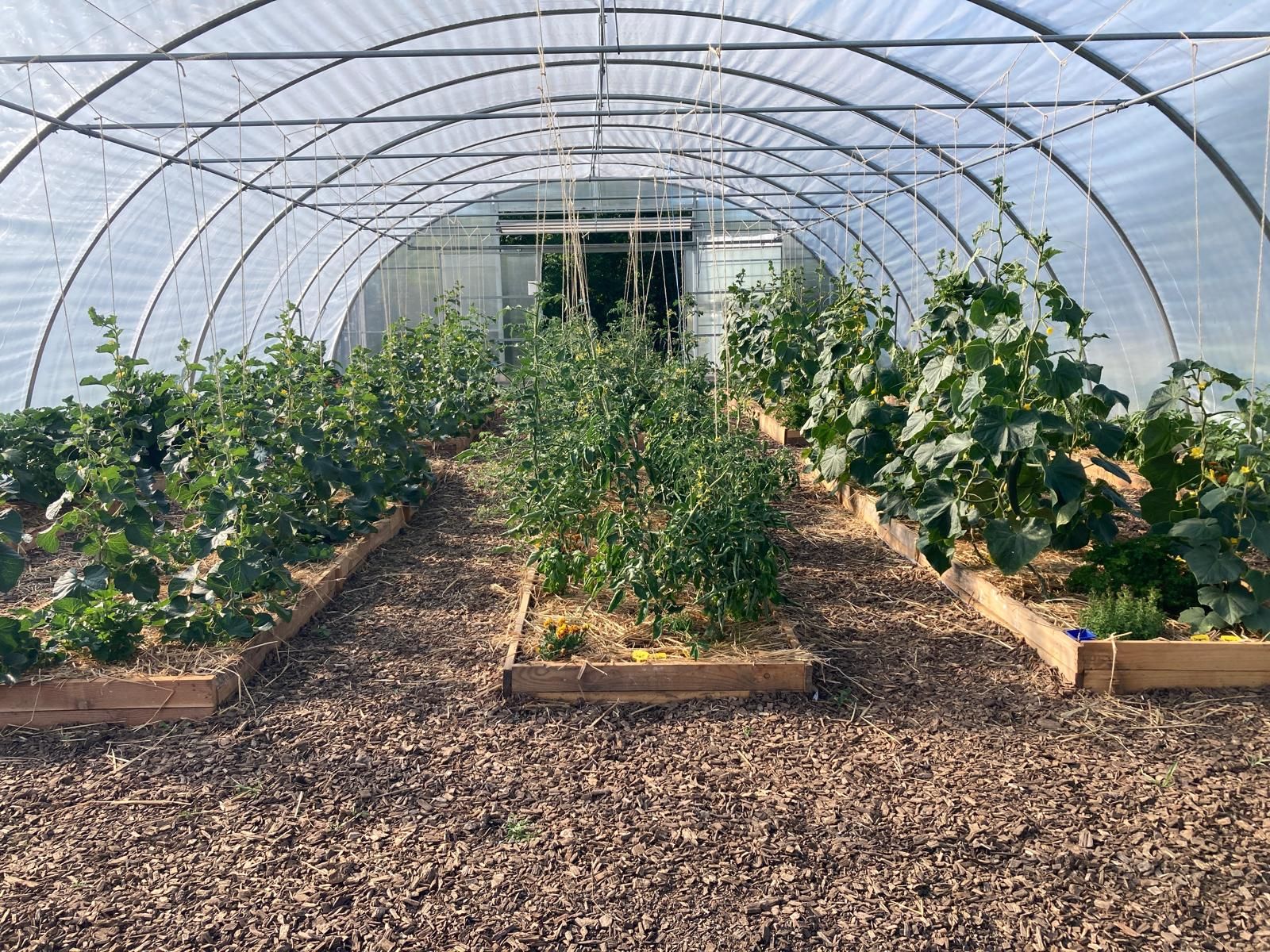
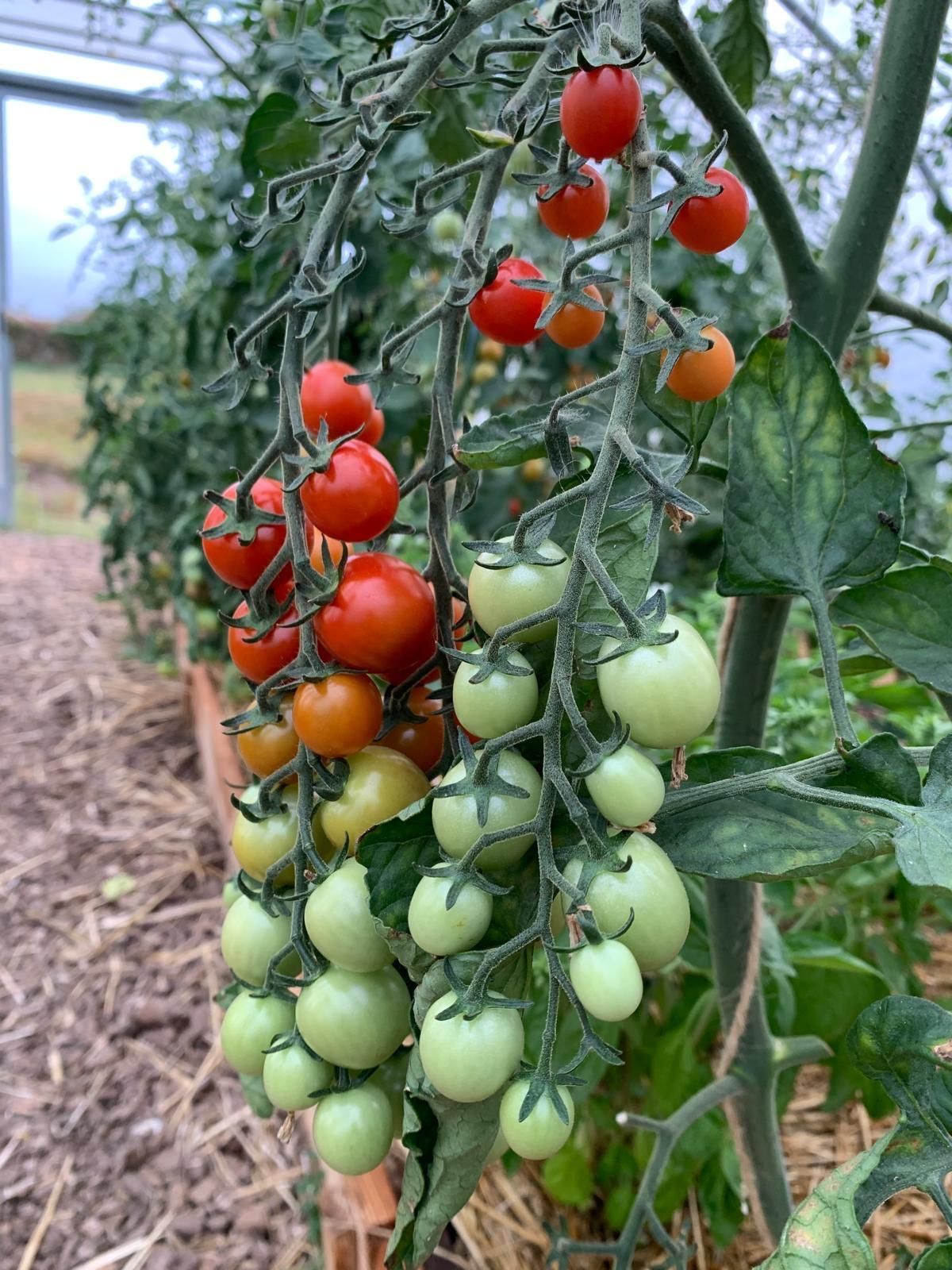
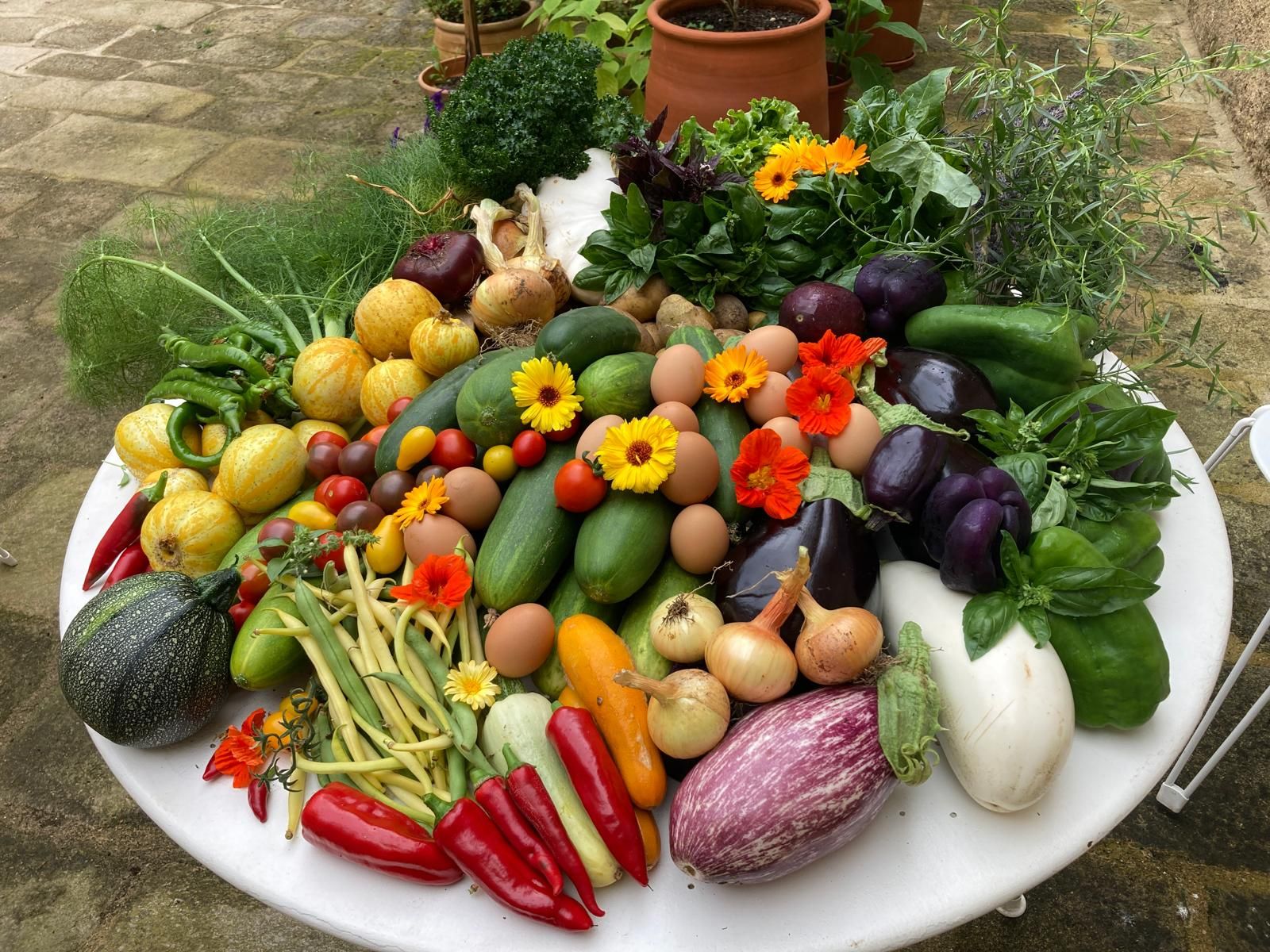

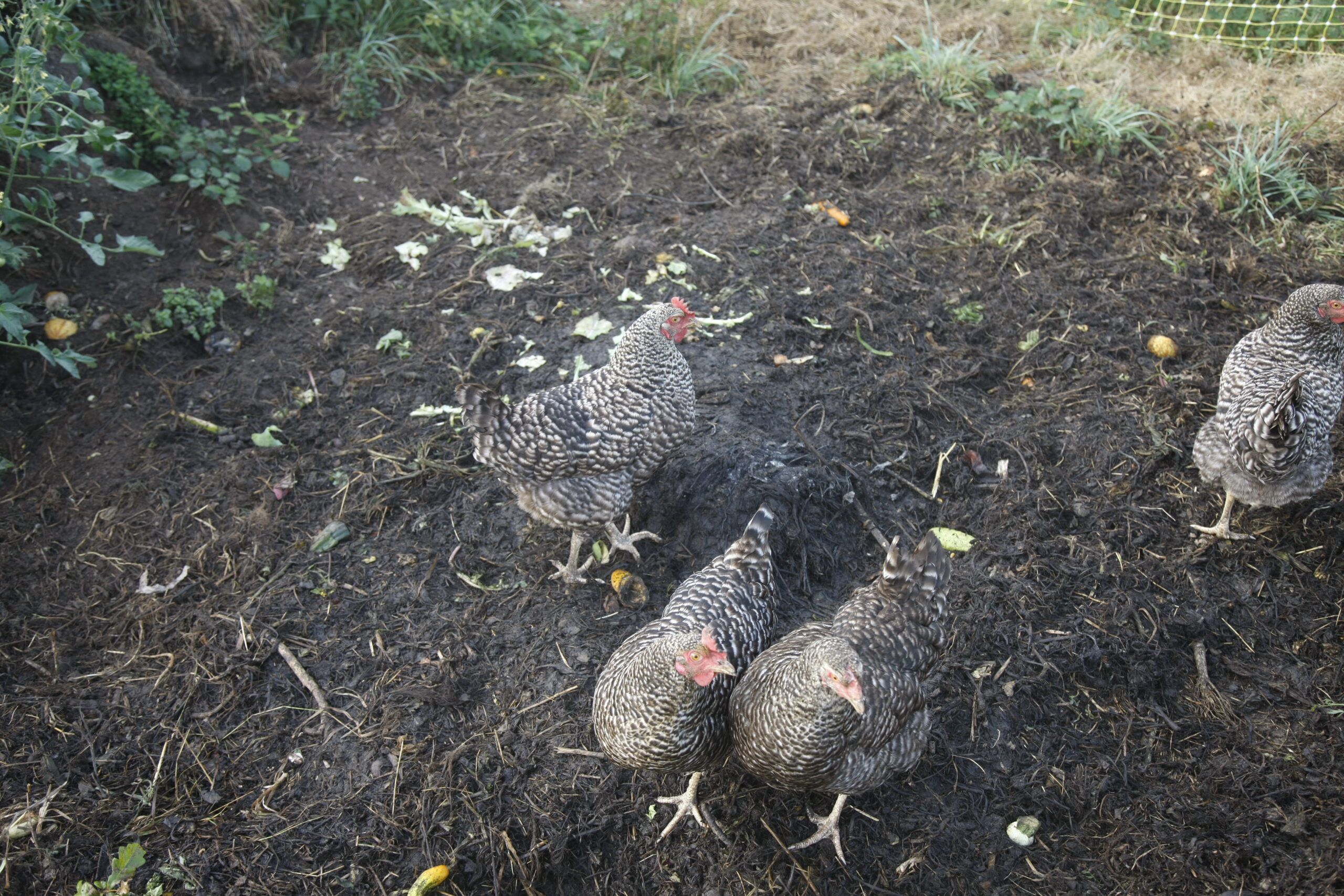
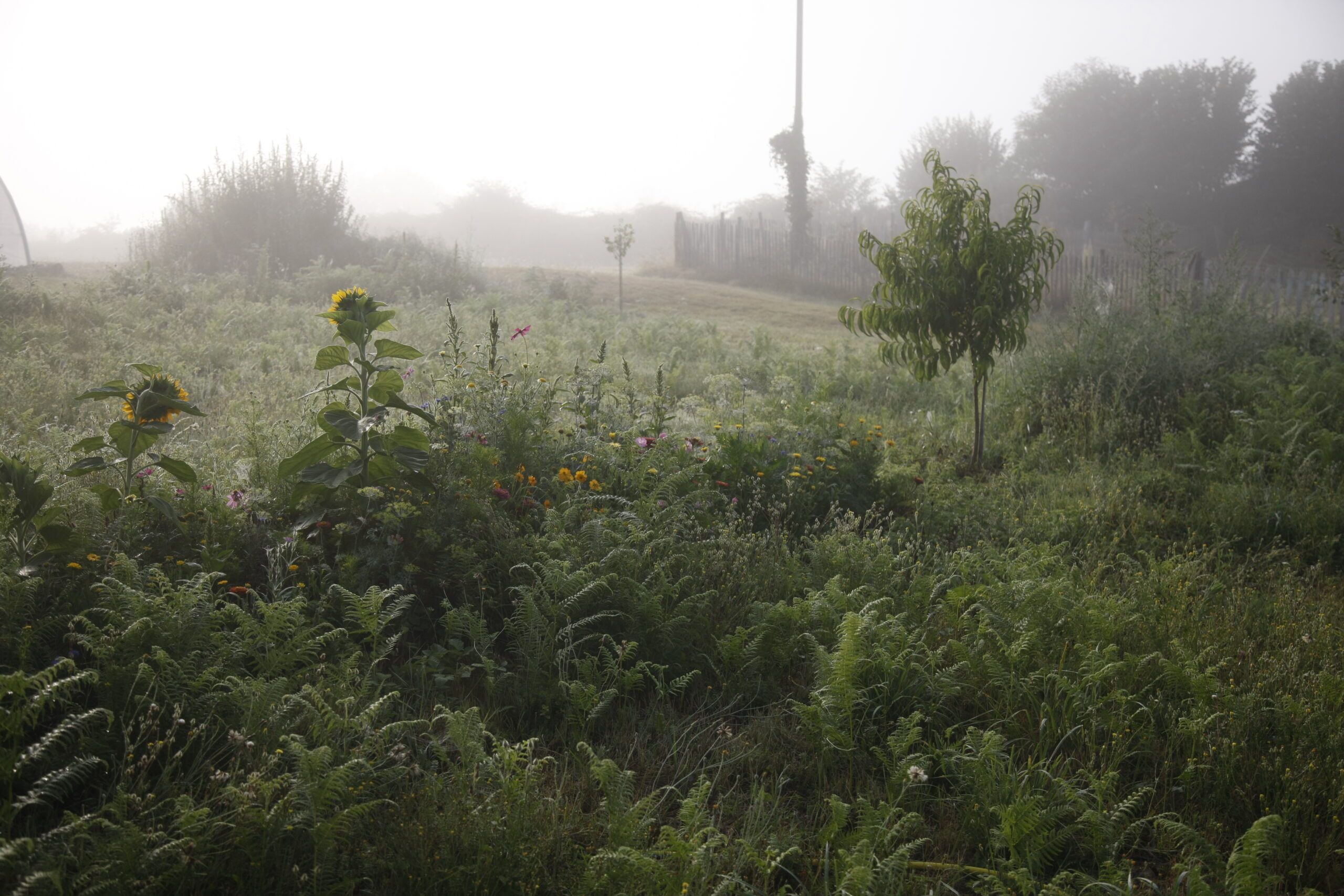
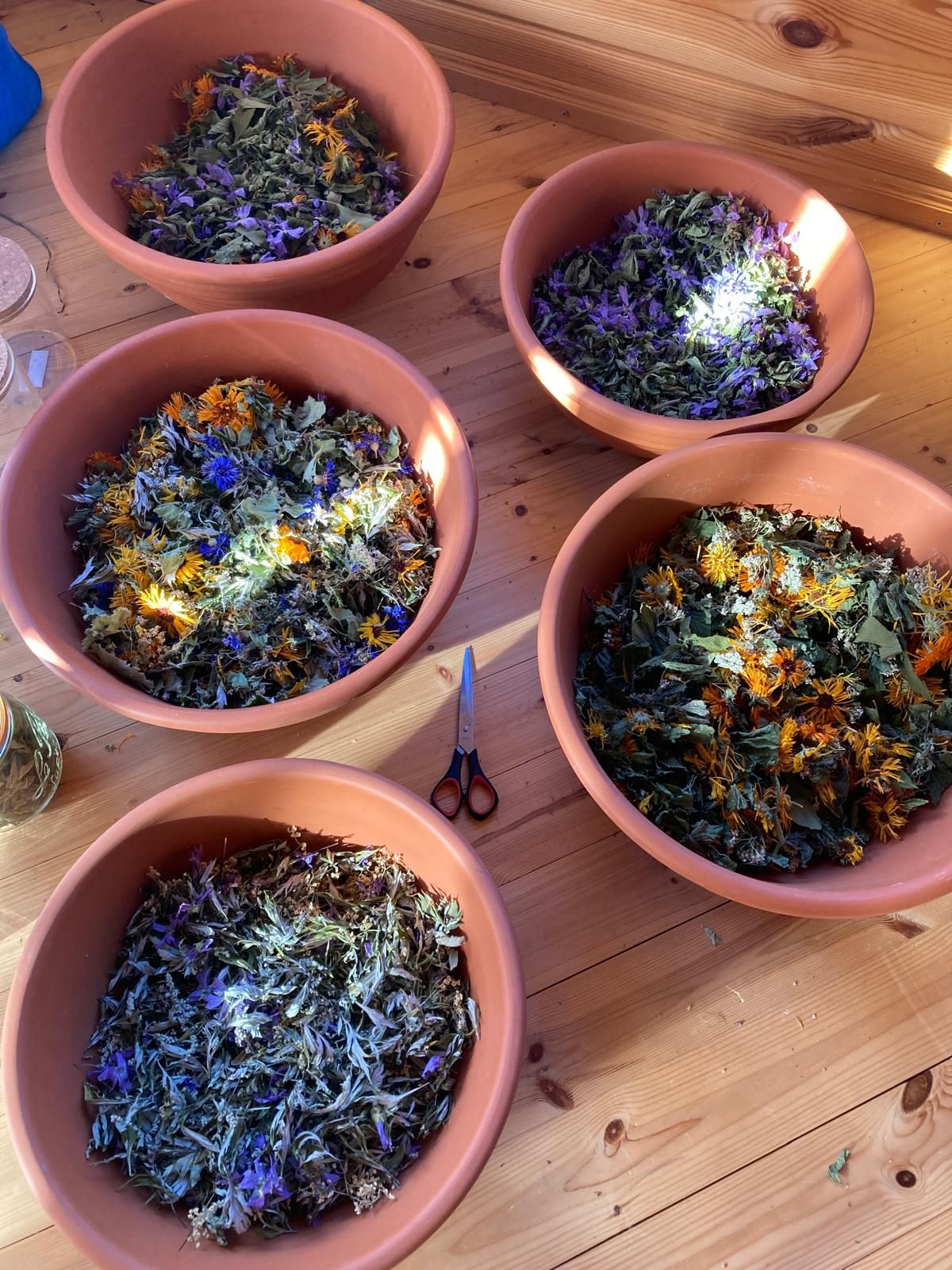
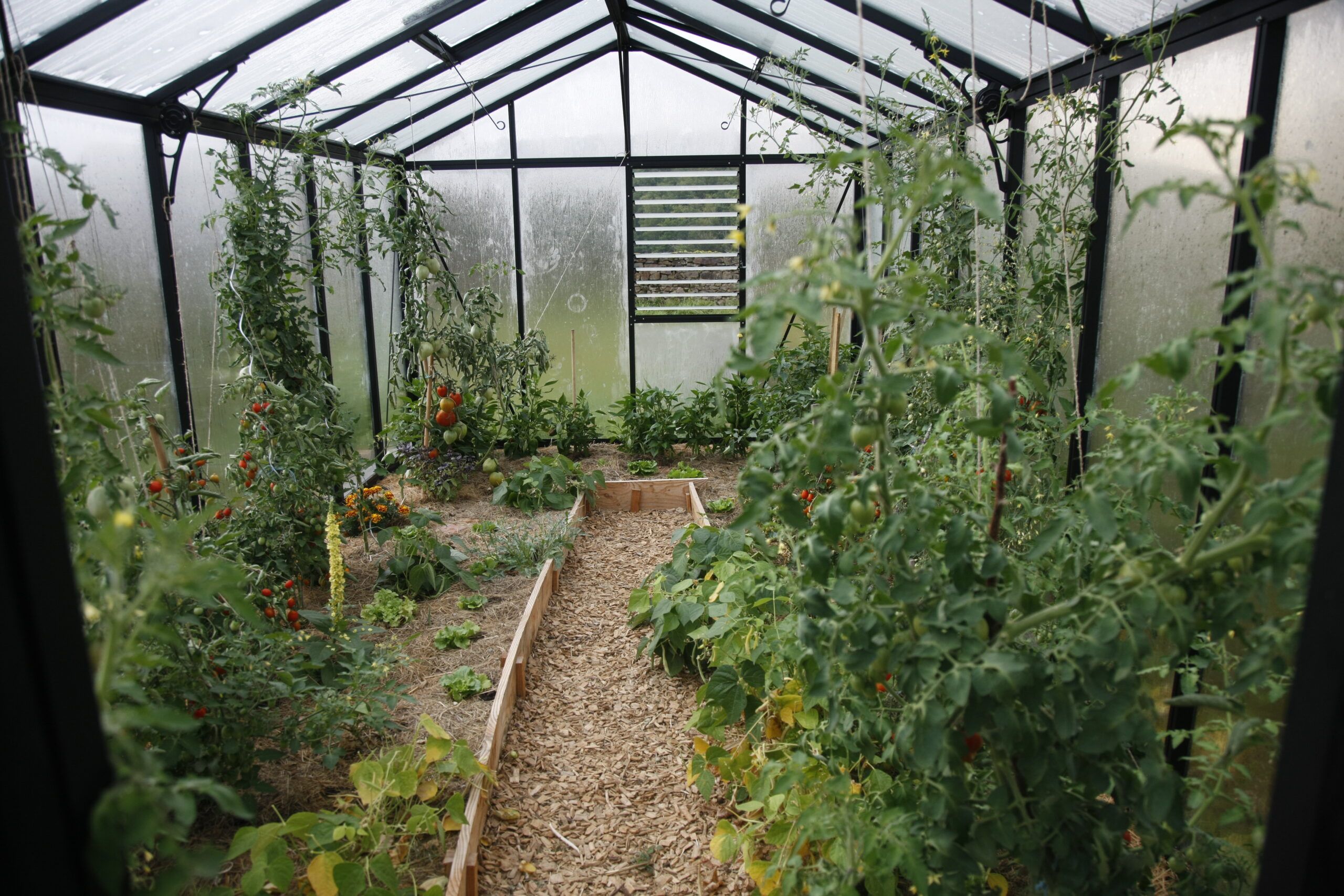
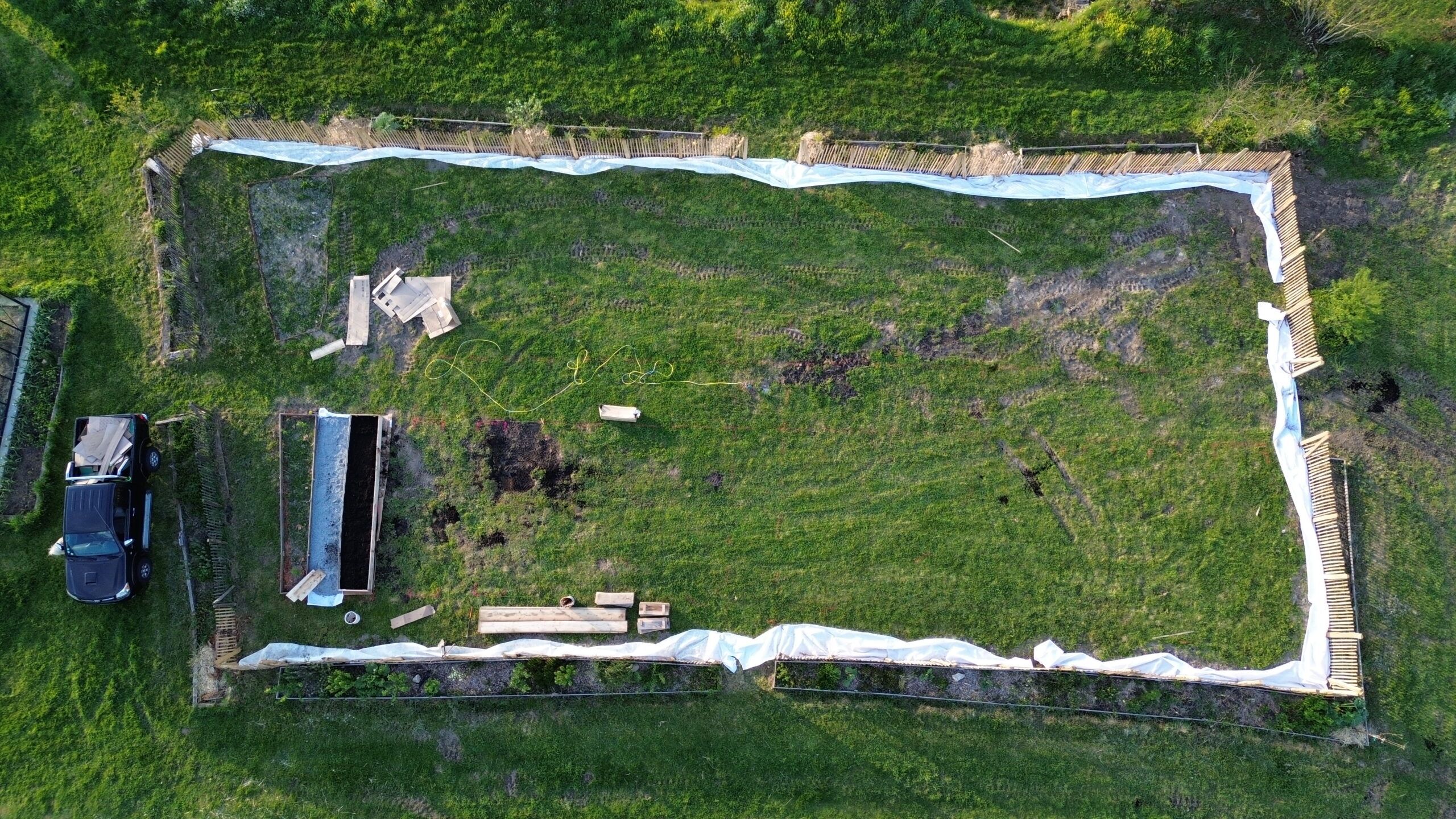
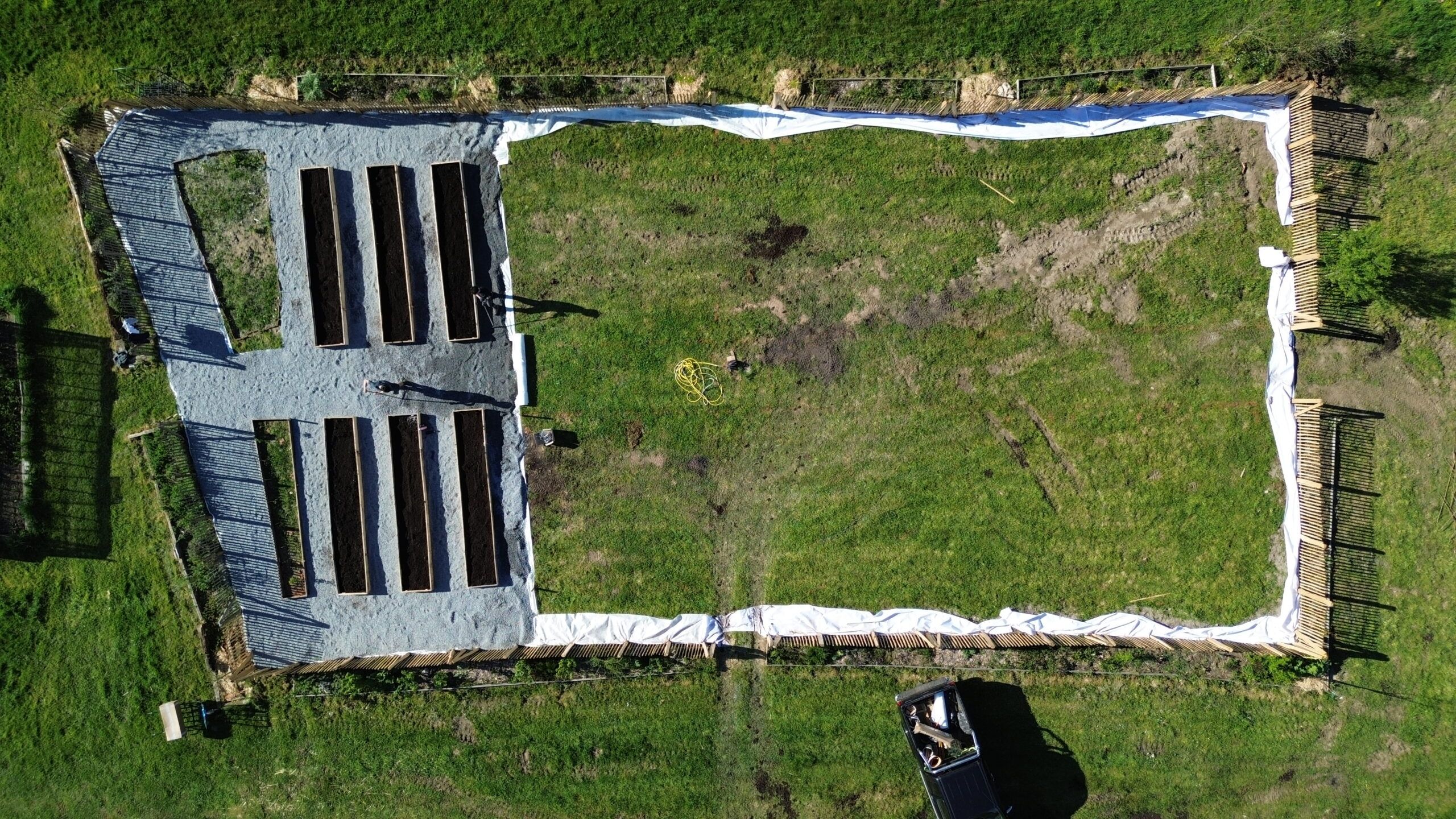

Permaculture project
Our permaculture project extends, for the moment, on a hectare of land, where we experiment different techniques: Market garden, agroforestry, chicken & compost, medicinal herbs, etc.

